What Time is it on the Clock of the World? Raimar Stange über die Ausstellung von Renée Green
Gleich zwei Gründe gibt es, derzeit über Renée Green zu schreiben: Zum einen wurde die US-amerikanische Künstlerin im Juni mit dem Finkenwerder Kunstpreis 2022 ausgezeichnet, zum anderen eröffnete sie mit ihrer Einzelausstellung Vide ma tête/Selection/Combination: All Variable Elements das Programm der neuen HFBK Galerie im den Atelierhaus. Renée Green kann man als eine intellektuelle Persönlichkeit beschreiben, wie es der Präsident der HFBK Hamburg, Martin Köttering, in seiner Laudatio anlässlich der Preisverleihung tat. Sie verbindet „die von der Konzeptkunst geerbten Verfahren mit den Ideen der postkolonialen Kritik, um die Rolle des Subjektes in der Geschichte nachzugehen und die Frage nach den Identitäten und ihrer Fluidität zu stellen“. Diese systemkritischen Fragen stellt Renée Green nun schon seit den frühen 1990er Jahren – damals spielte der Begriff „Postkolonialismus“ allerdings eine untergeordnete Rolle im deutschsprachigen (Kunst)Diskurs.
Ein gutes Beispiel für ihre Arbeitsweise ist die Installation Import/Export Funk Office (1992), mit der Renée Green damals schnell international für Aufmerksamkeit sorgte. Die Low Culture des Hip-Hop ist bei dieser Arbeit – die nur oberflächlich betrachtet in dem Kontext der „relationalen Ästhetik“ (Nicolas Bourriaud) anzusiedeln, stattdessen besser als „konzeptueller Pop“ zu bezeichnen ist – der zentrale Ausgangspunkt für eine ästhetische Untersuchung des Zirkulierens dieser spezifischen Musikrichtung zwischen den USA und Europa. Dabei wird nicht zuletzt der Transfer dieser Underground-Kultur von der Straße hin zu der profitsüchtigen Unkultur der sogenannten Unterhaltungsindustrie reflektiert. In Kollaboration unter anderem mit dem Kulturtheoretiker Diedrich Diederichsen ging Renée Green in Import/Export Funk Office einerseits Fragen nach der globalen Vermarktung des ursprünglich bewusst antikapitalistischen Phänomens nach, andererseits aber fragte die Arbeit auch nach den identitätsstiftenden Optionen für People of Color, die diese „westliche“ Kommerzialisierung erlaubt. In dieser „dynamischen Situation“ (Nina Möntmann) der Installation sind auf einem Regalsystem etwa 25 Stunden Video- und Tonaufnahmen, Bücher, Flyer, Aufkleber und Fotografien sowie andere Materialien versammelt, um über diese prekären Fragen, die selbstverständlich auch die Rolle Renée Greens als privilegierte Künstlerin betreffen, so sinnlich wie reflektiert nachdenken zu können.
Die von Sjusanna Eremjan kuratierte Einzelausstellung beginnt für das Publikum bereits beim Vorbeigehen, ein Auszug aus dem White Cube des Kunstbetriebs wird dadurch zumindest angedeutet. In dem großen Fenster der Galerie hängen drei Banner, sogenannte „space poems“, auf denen zu lesen ist: What Time is it on the Clock of the World? Nicht nur die Dreiteilung macht die Frage Renée Greens zu einer offenen Frage. Bewusst jedwede (gar propagandistische?) Eindeutigkeit vermeidend – dieses übrigens unterscheidet Renée Green von weiten Teilen der identitätspolitischen Kunst heute – setzt die Künstlerin mit diesem „space poem“ konsequent wie spielerisch auf eine Lesbarkeit, die unterschiedliche Interpretationen zulässt, auf jeden Fall aber keine einzig gültige. Dieses gelingt ihr, weil sie die Worte aus einem sinnstiftenden Kontext herauslöst, wodurch die erzeugten semantischen Leerstellen eine ebenso erratische wie produktive Kraft gewinnen. Das ermöglicht es den Betrachter*innen, eigene, eben nicht vorgegebene Bedeutungszusammenhänge zu generieren. Beschreibt diese neue Textarbeit aus dem Jahr 2022 vielleicht das absehbare Ende der Welt, herbeigeführt durch die Klimakatastrophe? Oder geht es in dem Gedicht um den Grad an Fortschritt und Modernität, der derzeit auf „unserer“ Erde vorherrscht? Im Ausstellungsraum selbst sind dann weitere „space poems“ zu sehen, Wortfolgen wie „Every Single Person“, „To Determine“ oder „Was Involved in Trying“ initiieren in der ebenfalls neuen Werkreihe Every Single Person (2022), eine Reflexion über die von Martin Köttering erwähnte „Fluidität“ des Seins, aber auch über die Mehr- und Uneindeutigkeit von Sprache.
In einem verdunkelten Ausstellungsraum schließlich warten filmische Arbeiten auf die Besucher*innen, unter anderem der Film ED/HF (33 Min., 2017). Der Film kann als Doppelporträt von Renée Green und dem Filmemacher Harun Farocki gesehen werden, spannender aber ist, es ihn unter einem anderen Aspekt der Gegenüberstellung zu sehen. Renée Green setzt die formalen Modalitäten des Films und ihr inhaltliches Anliegen, verschiedene Migrationserfahrungen aufzuzeigen, miteinander in Beziehung. Immer wieder kommt sie in ED/HF auf die computergenerierte Schnitttechnik des Films zu sprechen, das bereits im Titel angesprochene „editing digital“. Mit Hilfe dieser Technik erzählt Renée Green die Lebensgeschichte von Harun Farocki, der als Sohn einer deutschen Mutter und eines indischen Vaters im sudetendeutschen Mähren geboren wurde, in Indien und Indonesien aufwuchs, bevor er nach Deutschland kam, wo er 2014 in der Nähe von Berlin starb. Präzise umreißt der Film, wie Migrationserfahrungen des Künstlers sein künstlerisches Werk beeinflusst haben.
Auch wenn postkoloniale Themen in der Ausstellung eine dezente Rolle spielen, angesichts des künstlerischen und theoretischen Œuvres von Renée Green, steht sie stellvertretend für die Ausrichtung des zukünftigen Galerieprogramms.
Dieser Text erschien zuerst im Lerchenfeld Nr. 62.
Raimar Stange lebt und arbeitet als freier Kunstpublizist und Kurator in Berlin. Er schreibt für diverse Kunstmagazine im In- und Ausland und kuratiert immer wieder Ausstellungen zu Themen wie Klimakatastrophe, Postdemokratie oder Rechtspopulismus. Er ist Bassist im Art Critics Orchestra.
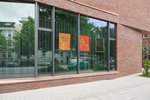
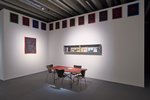
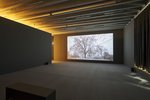
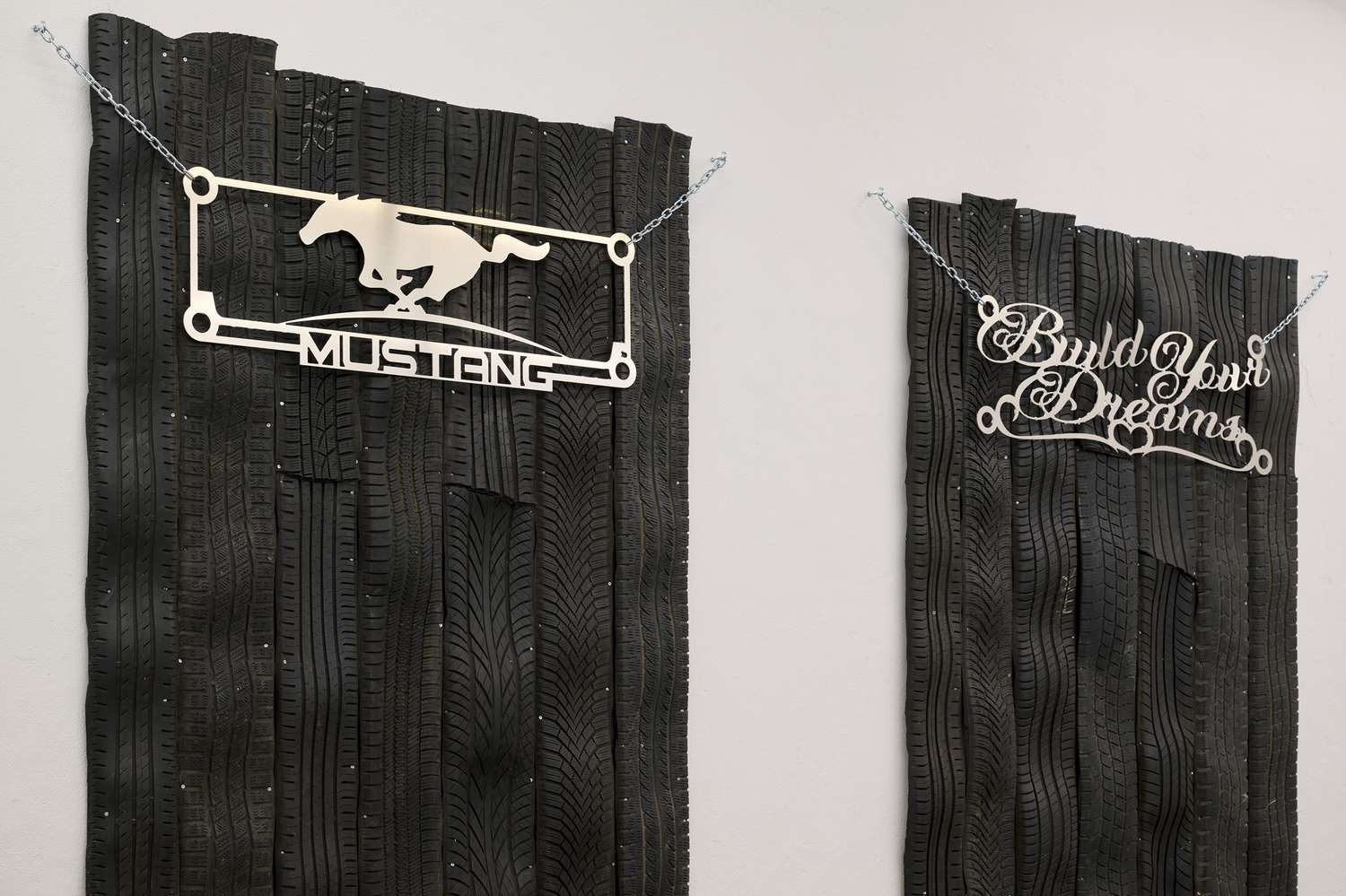
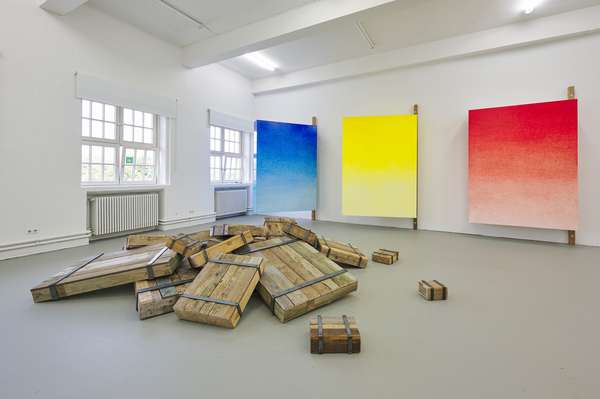

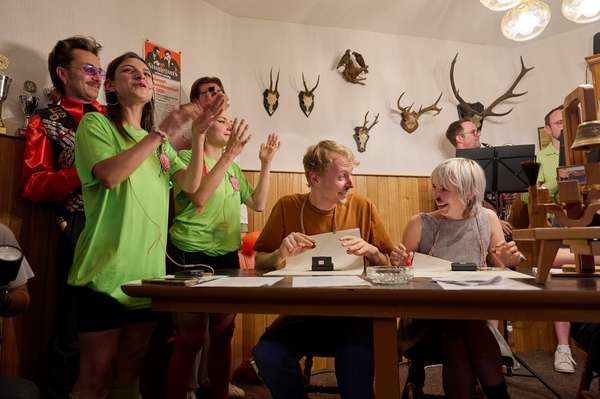
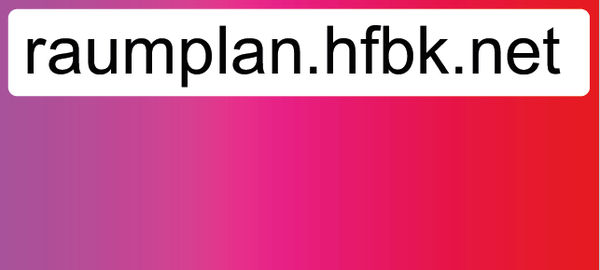
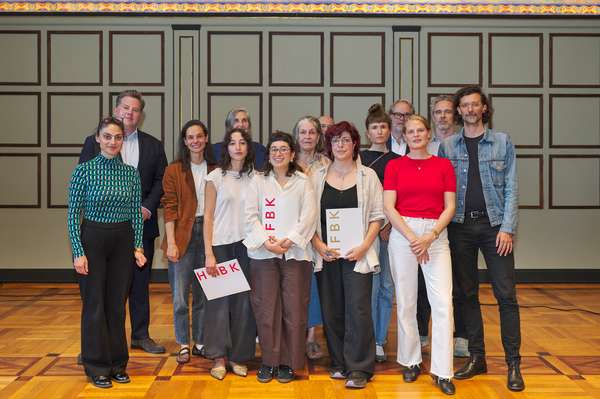
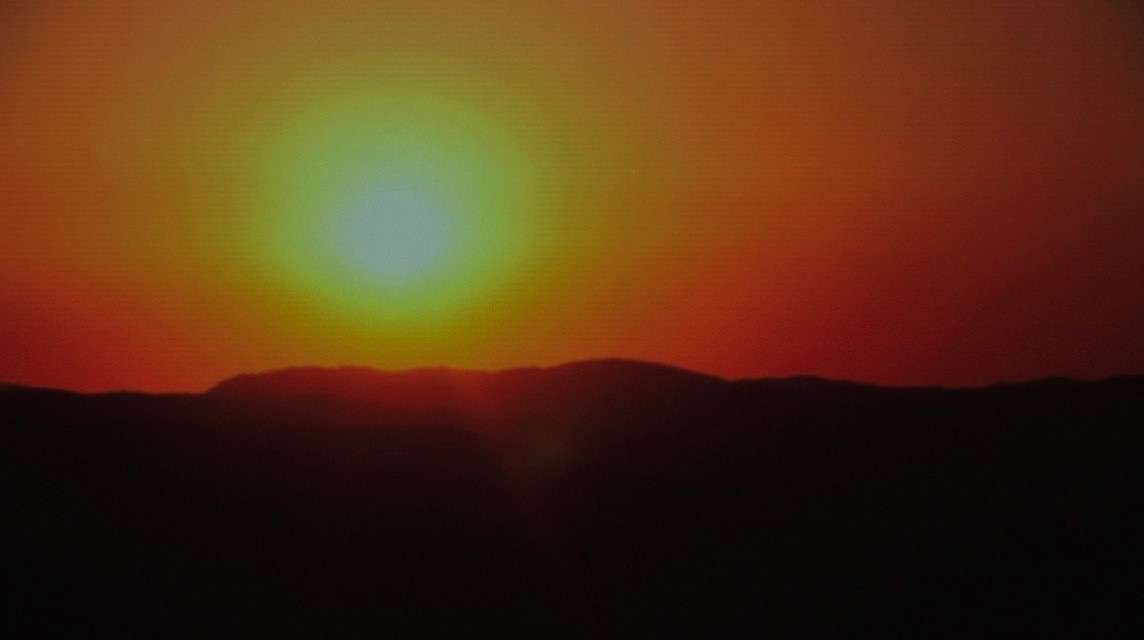
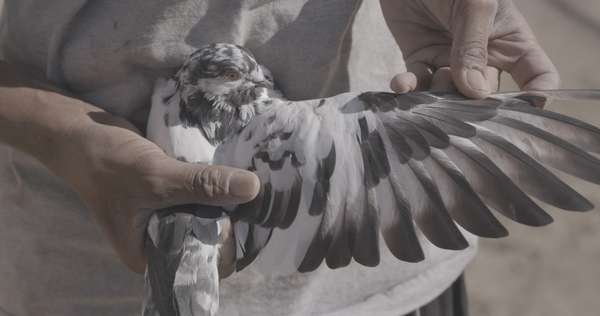
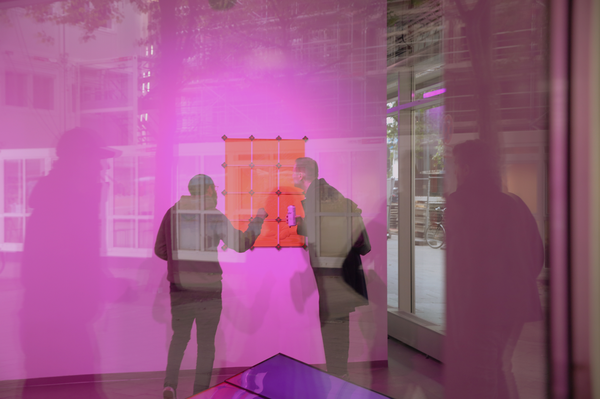


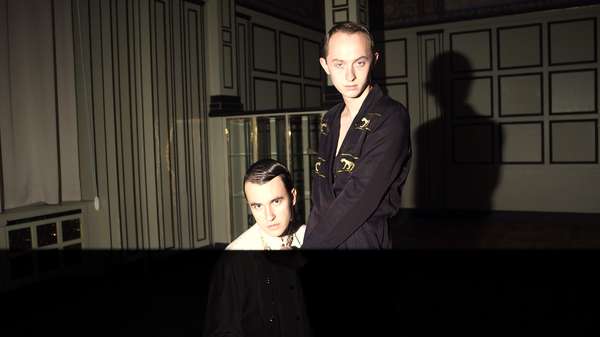
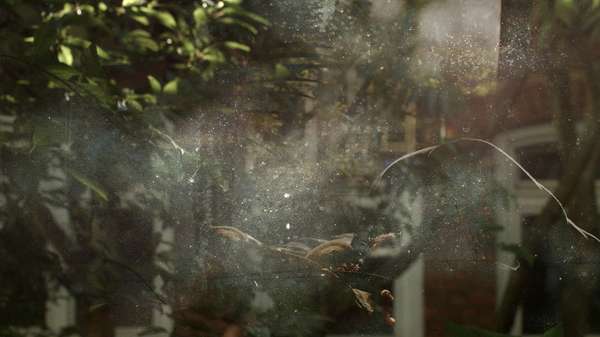
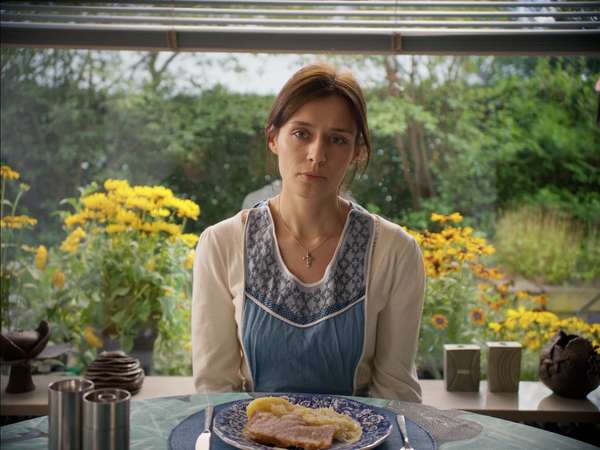
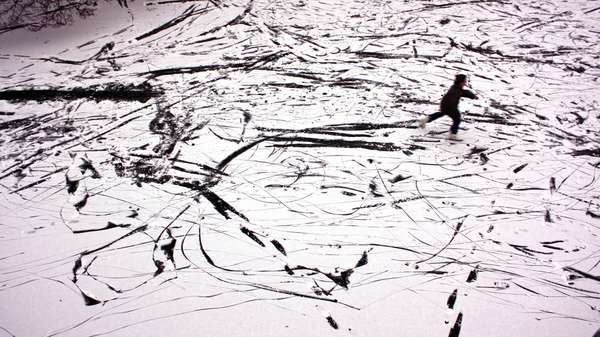
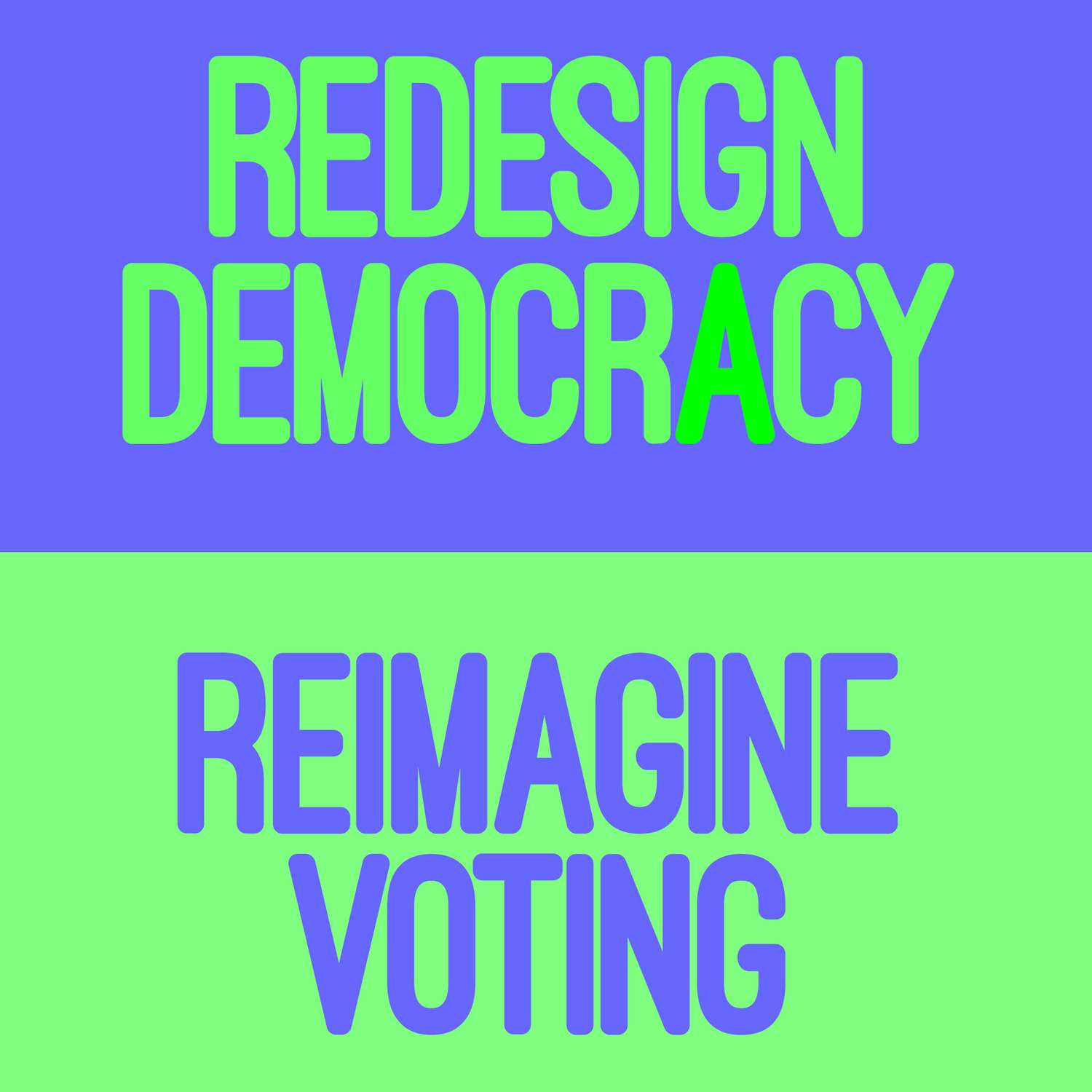

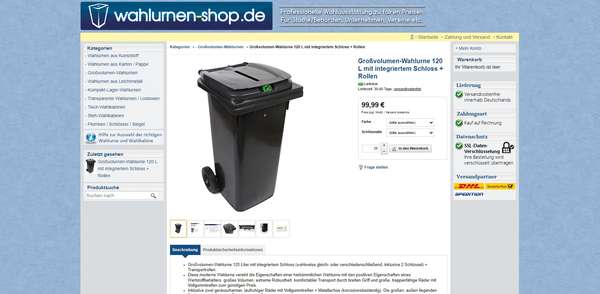

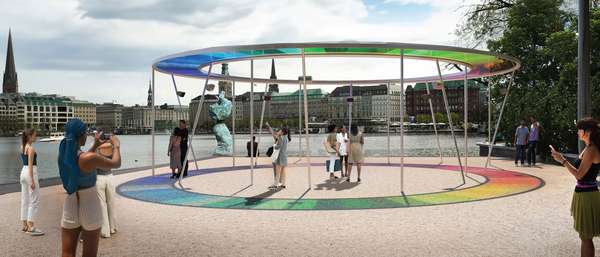

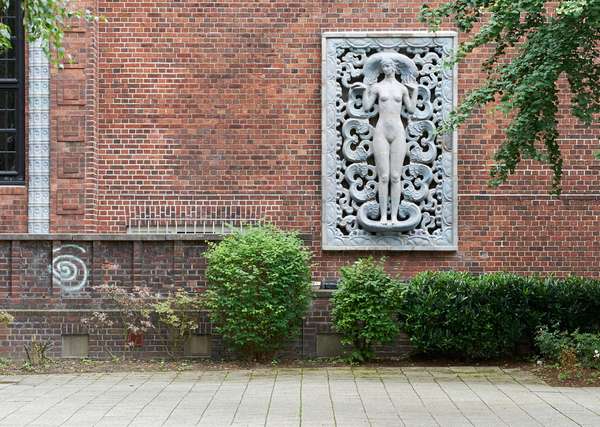
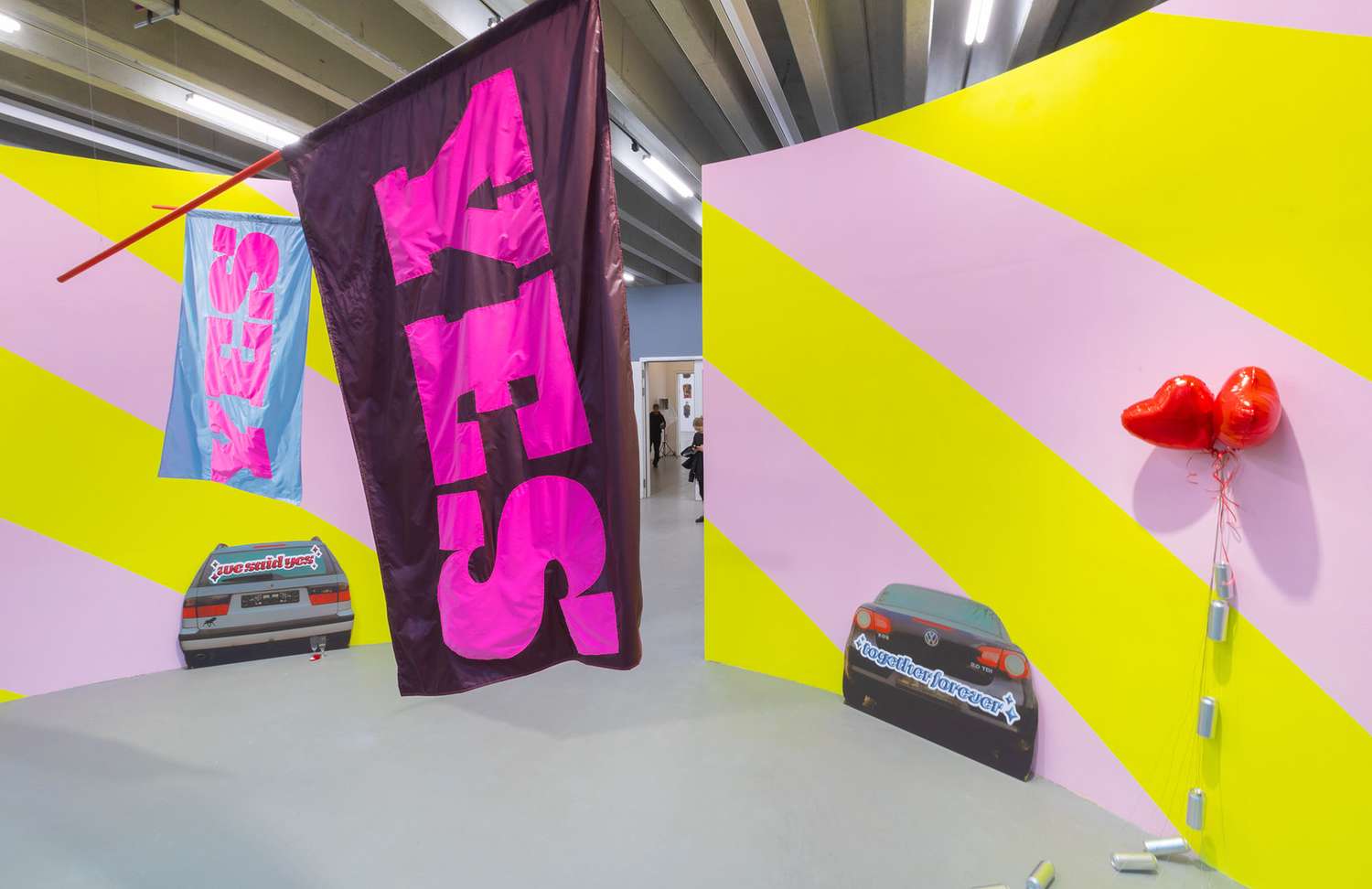
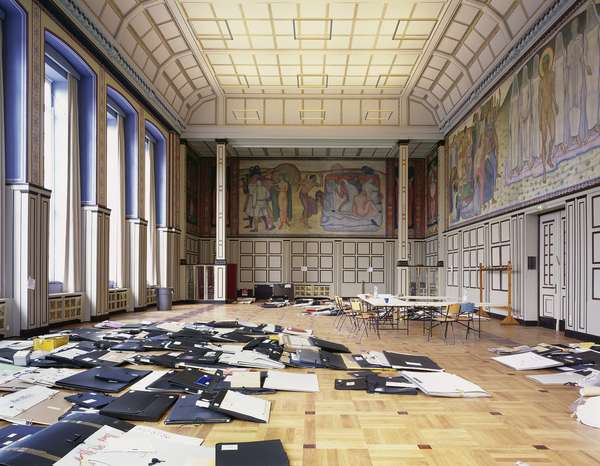
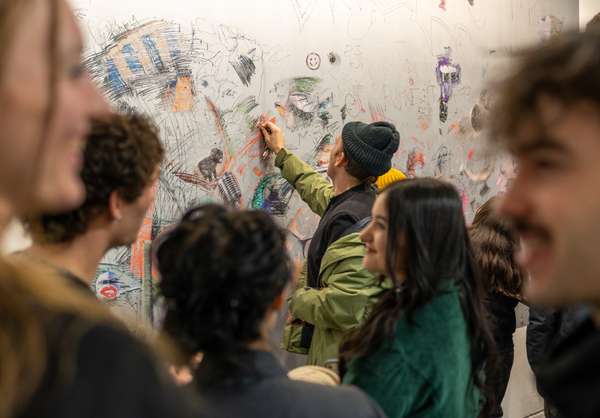
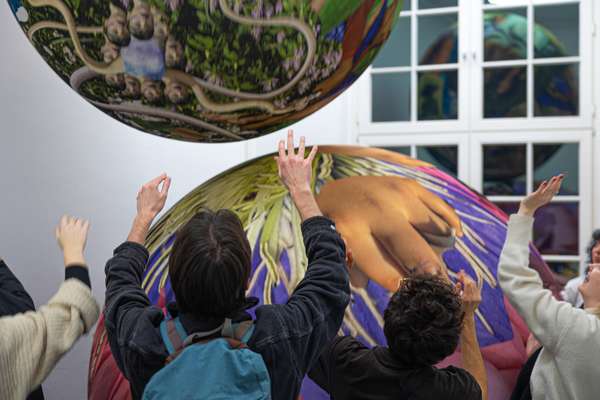
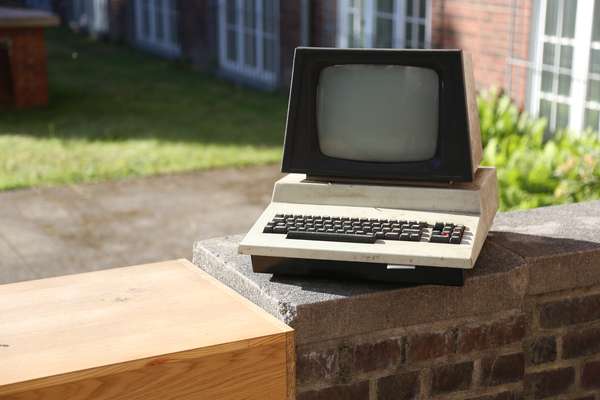


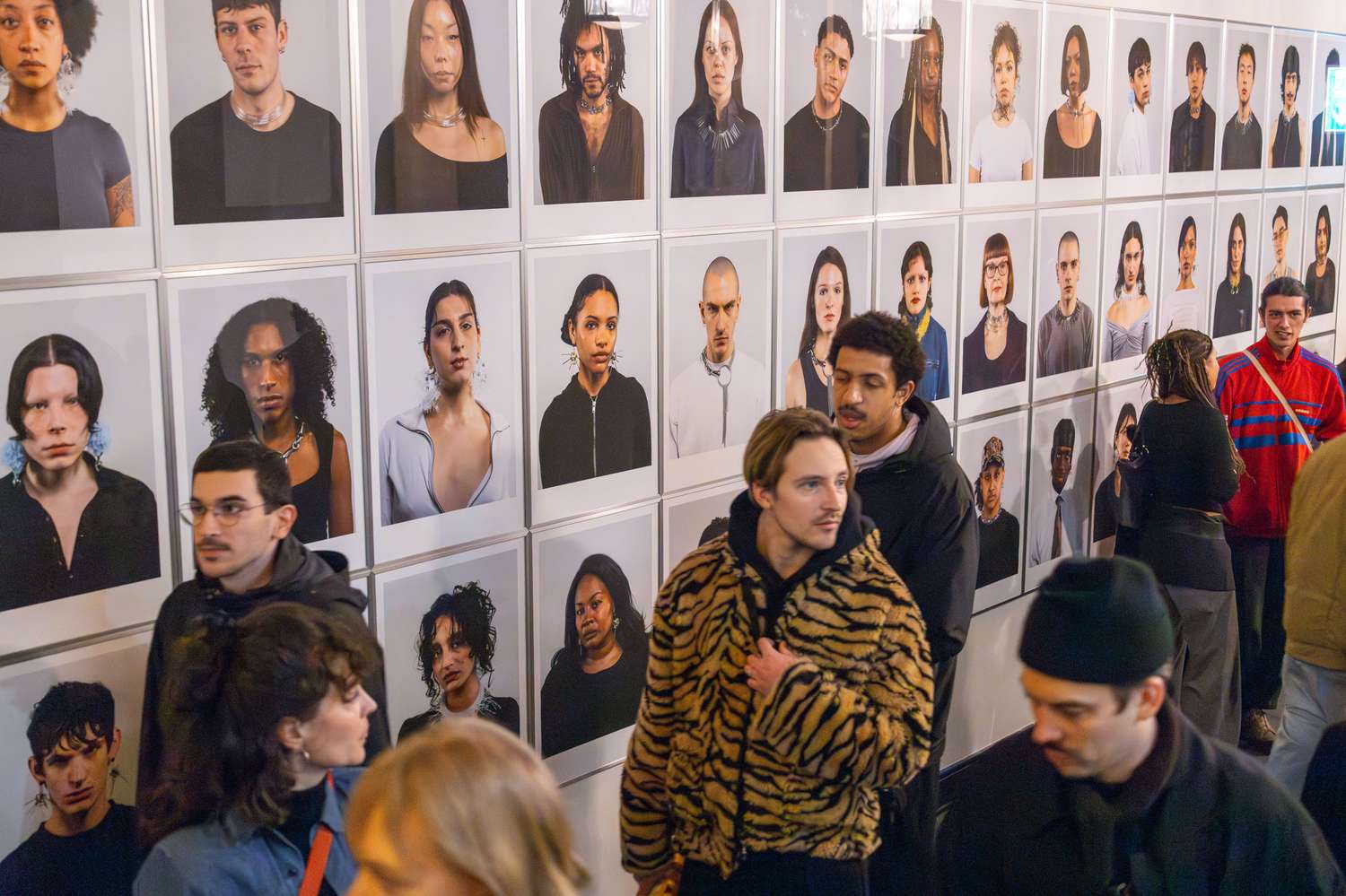
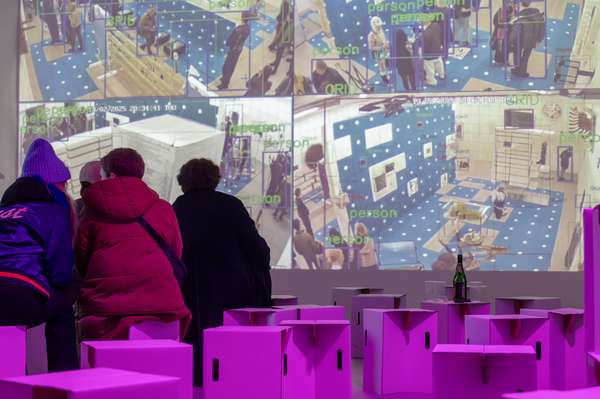
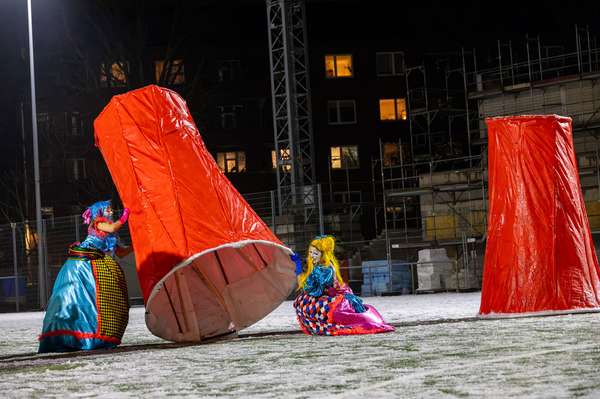
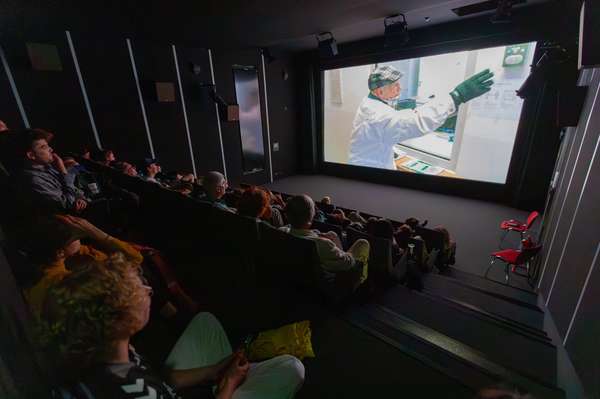
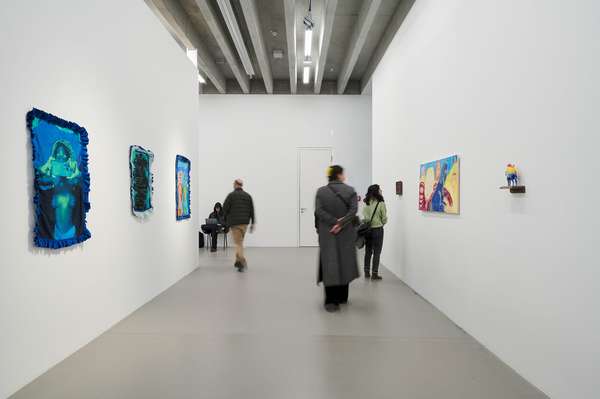
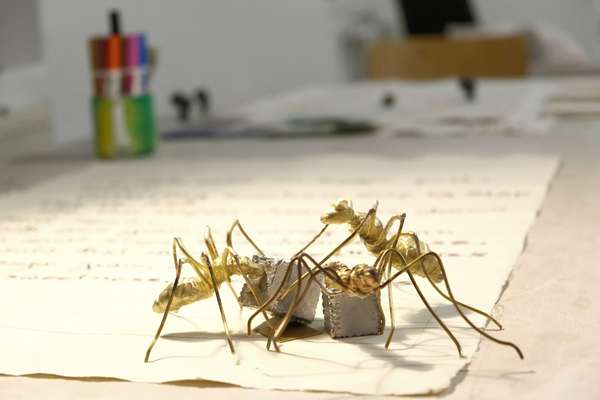
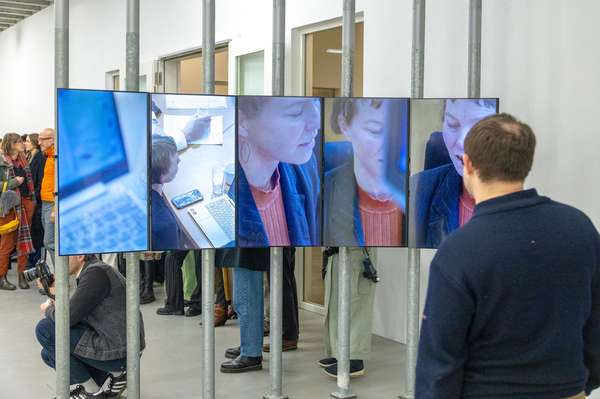
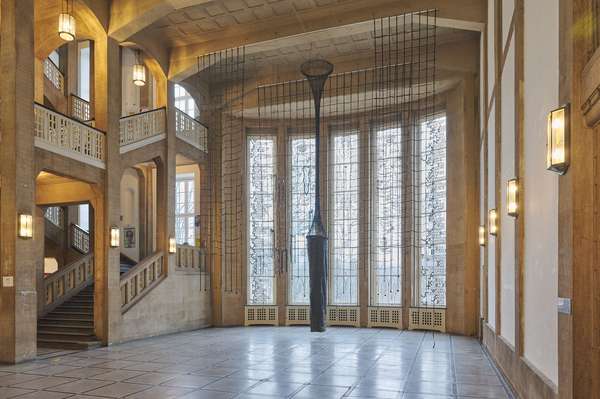
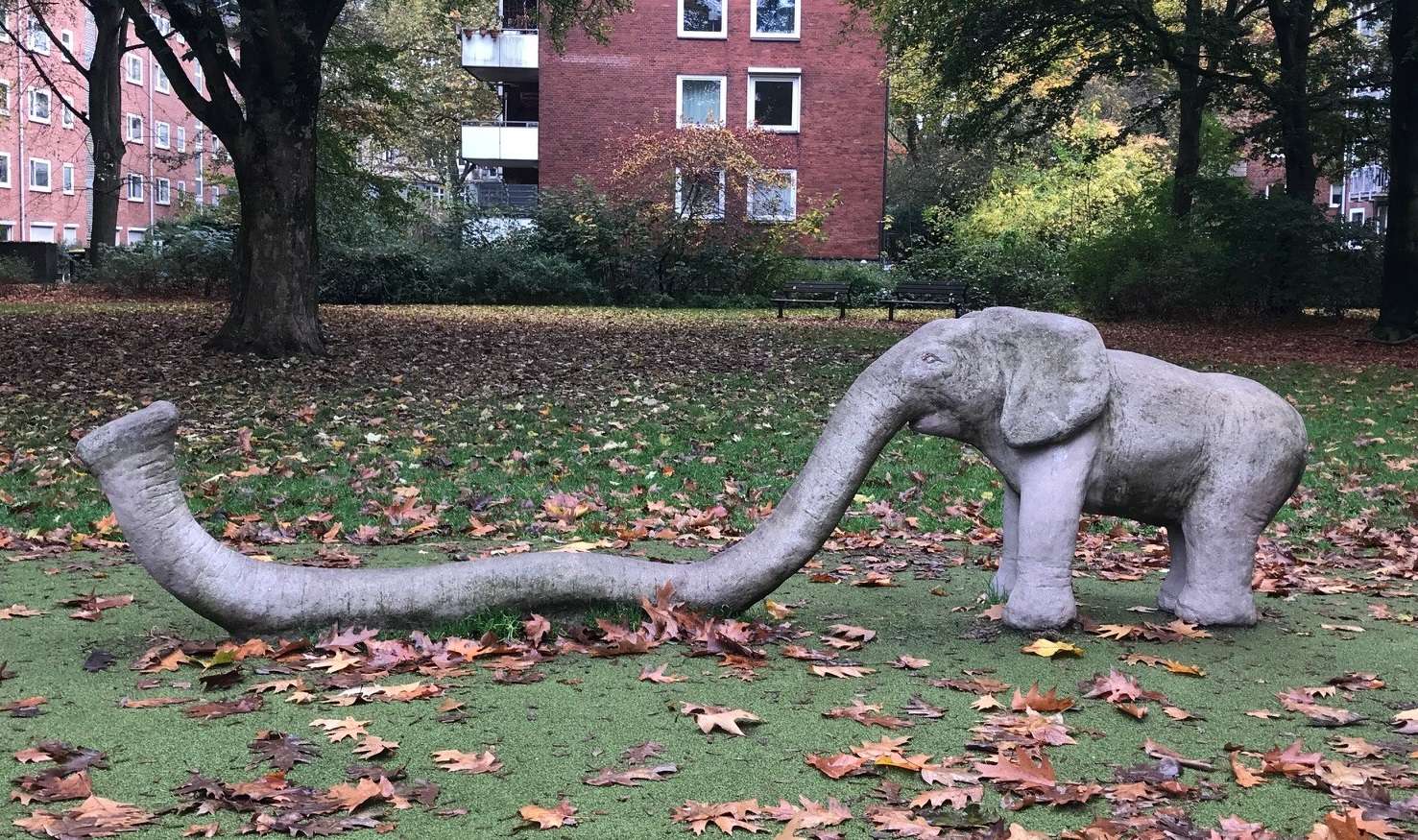
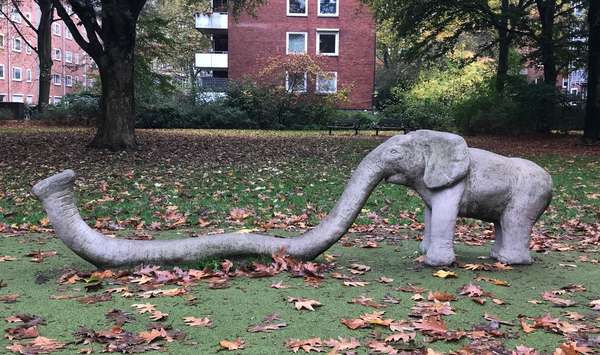
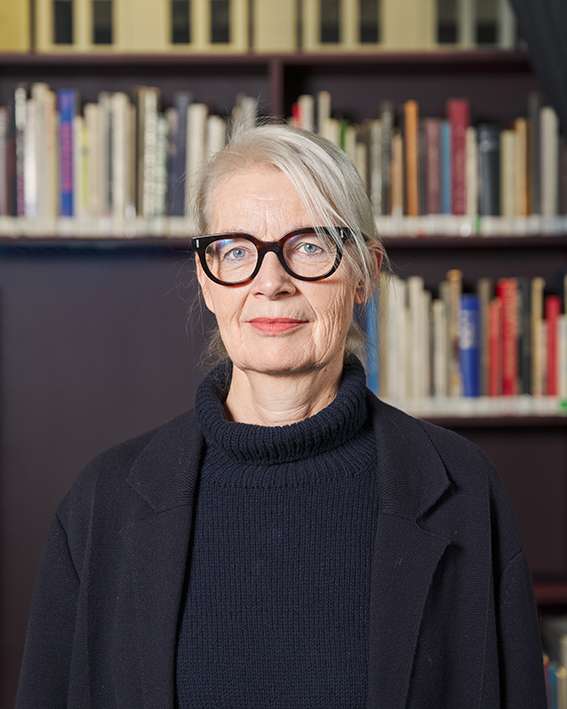
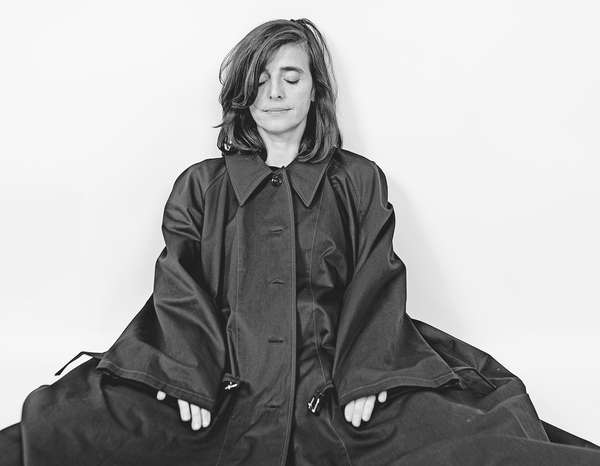
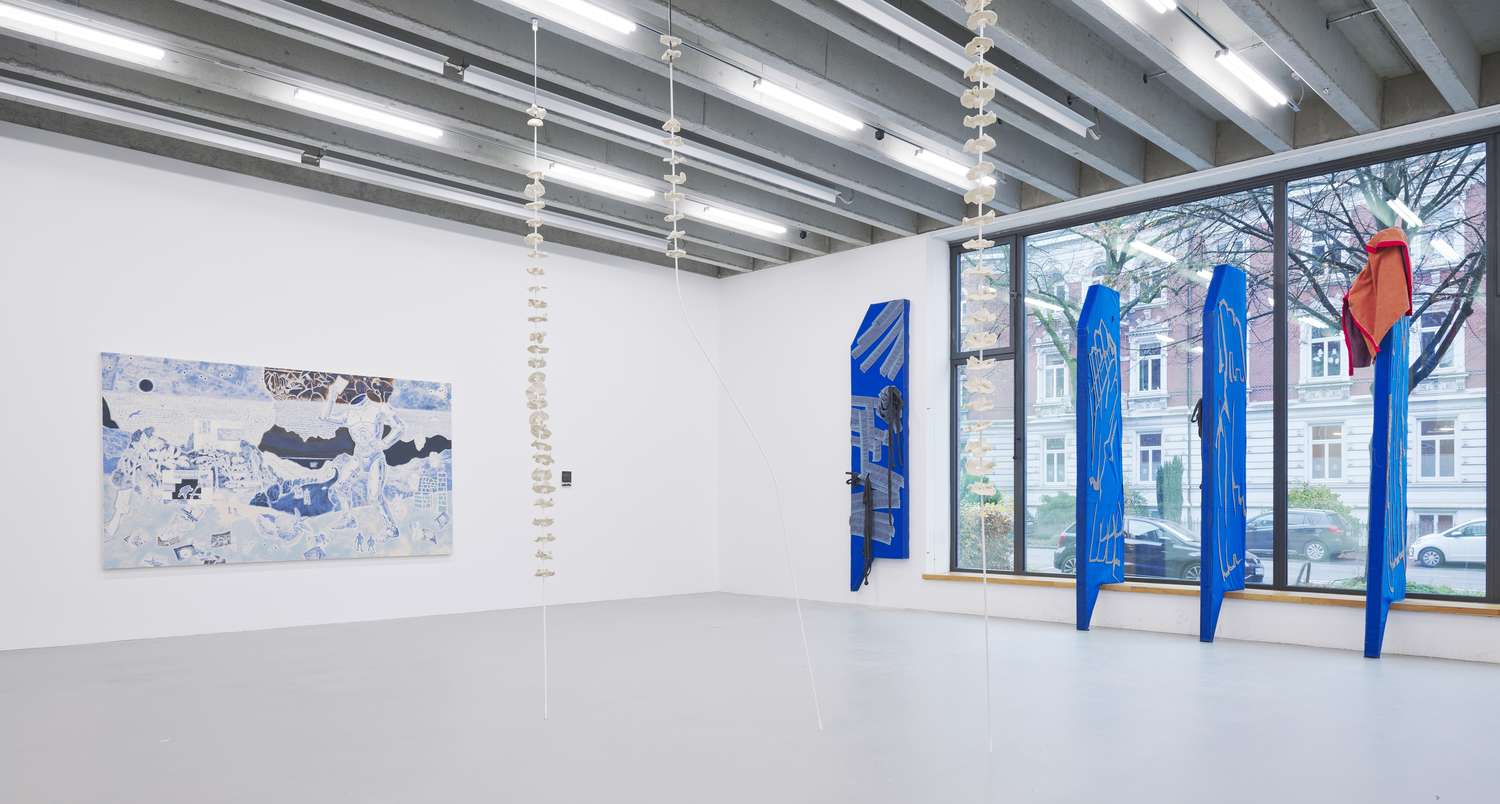
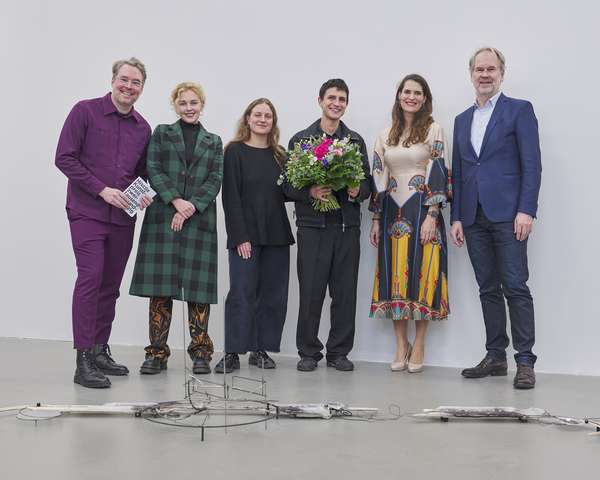
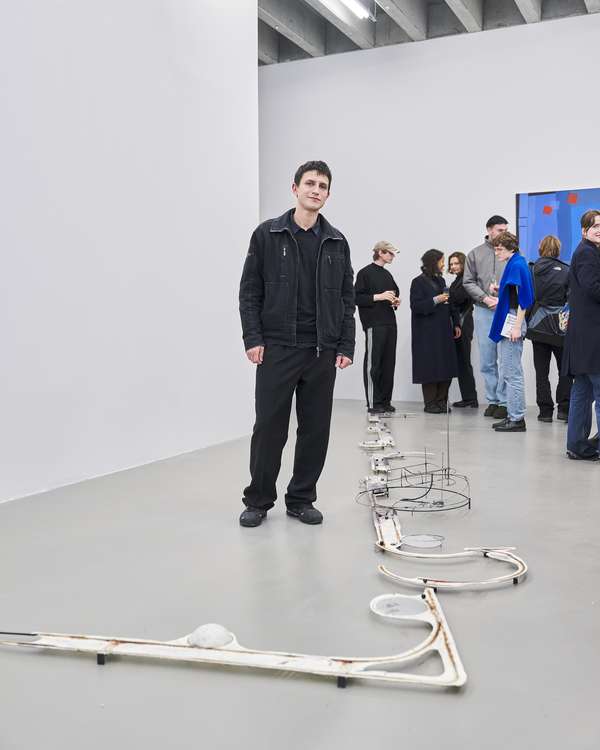
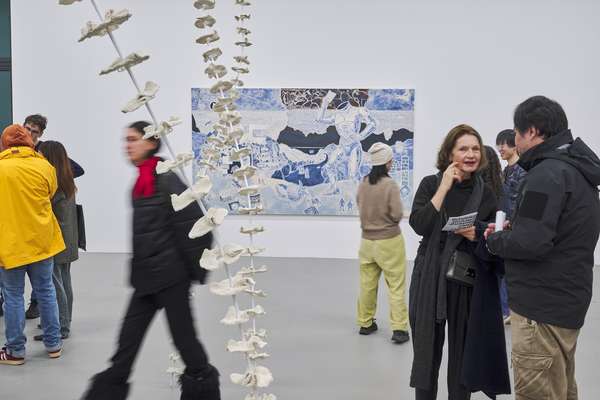
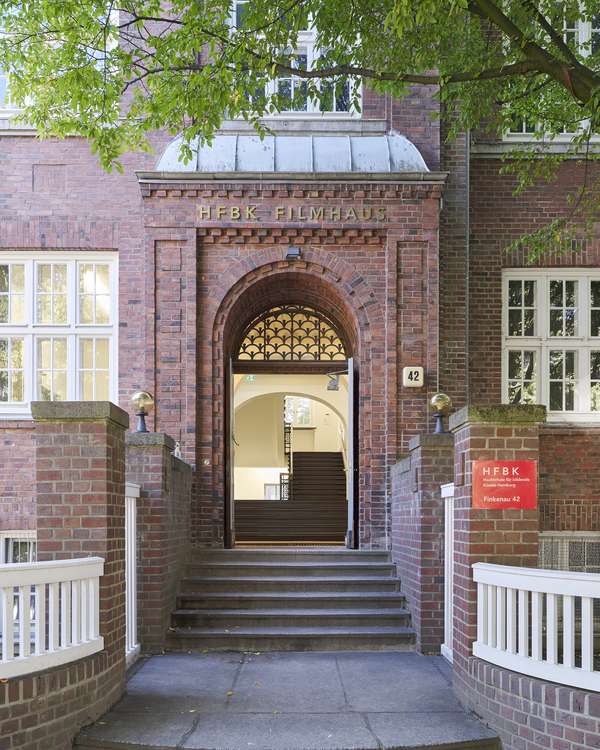
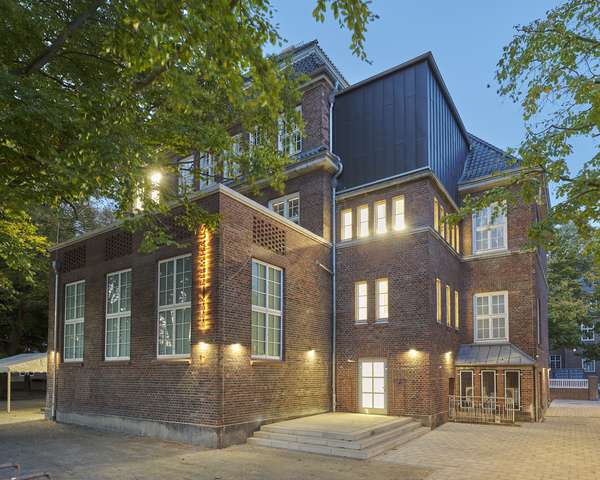
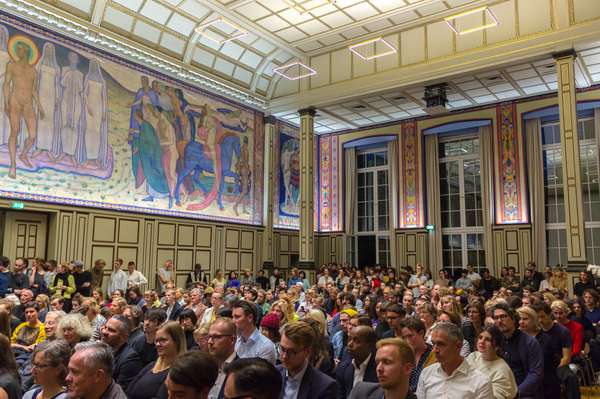
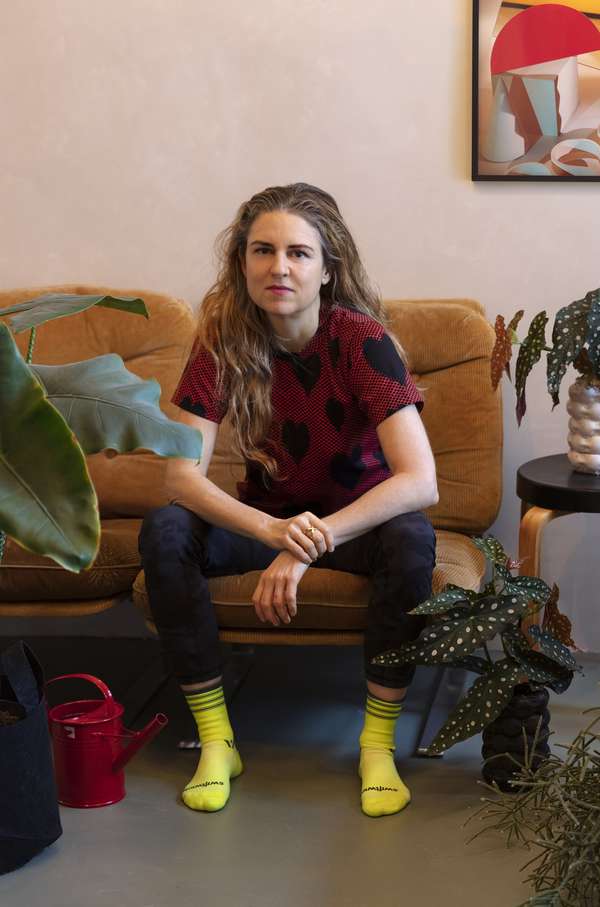
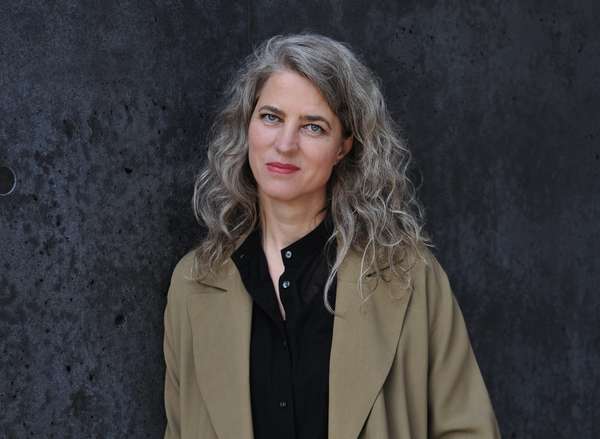
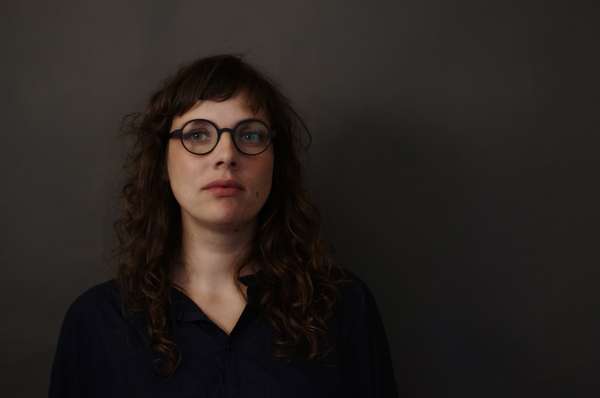
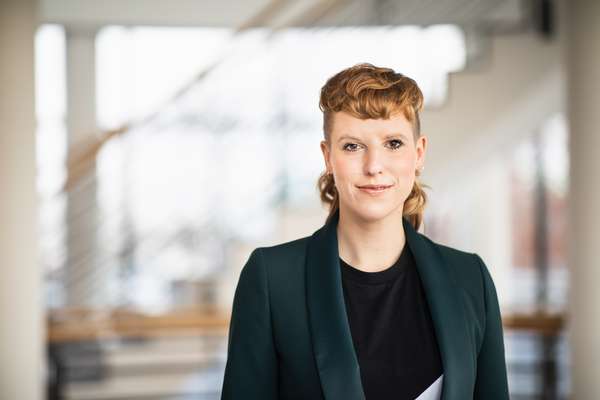
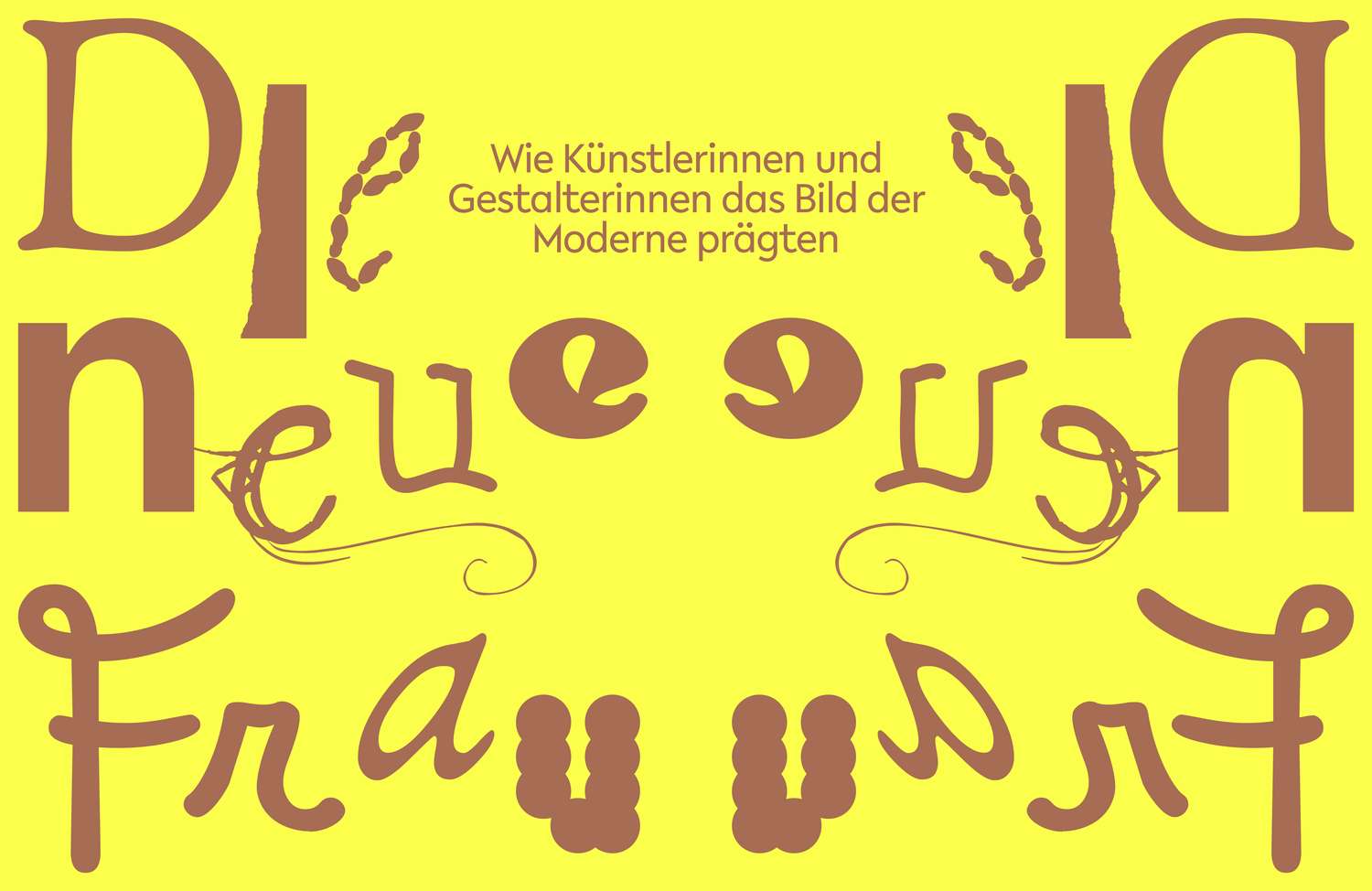
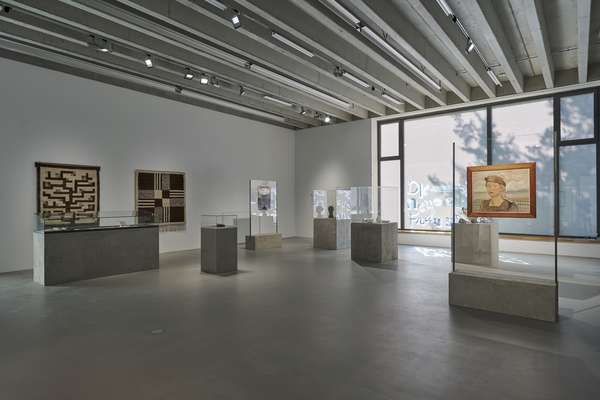
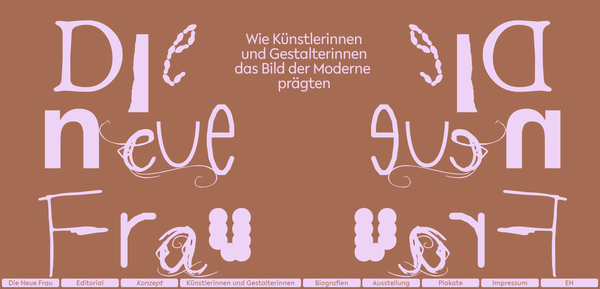
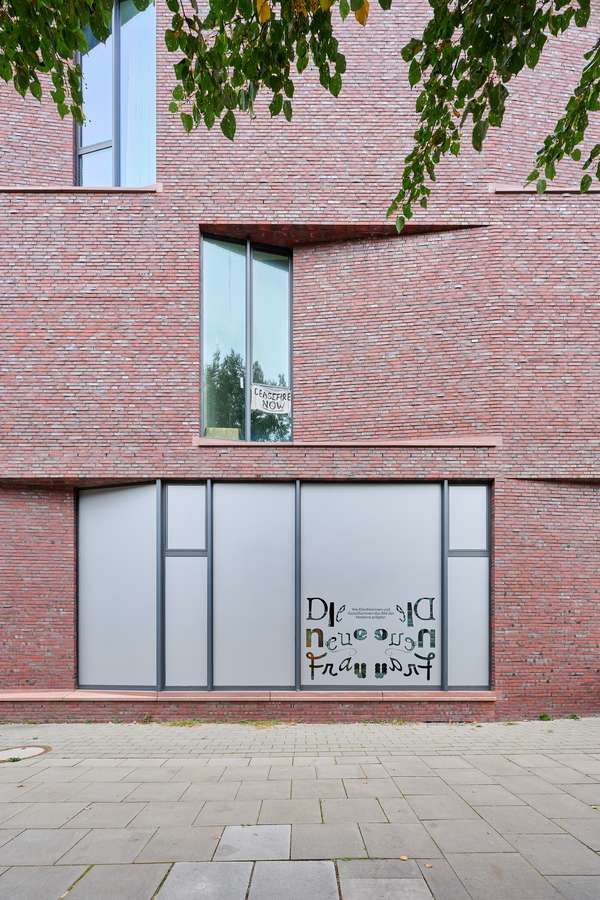
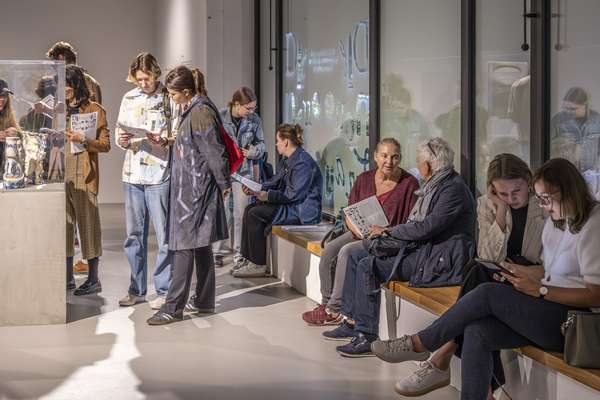

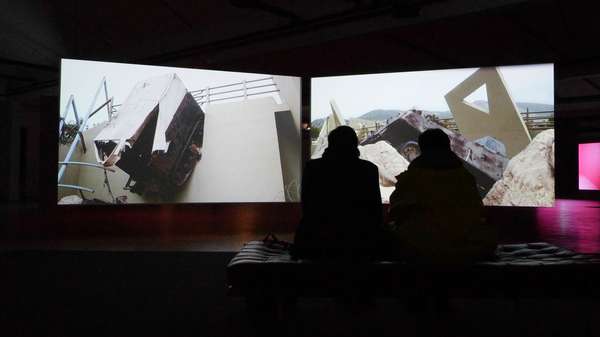
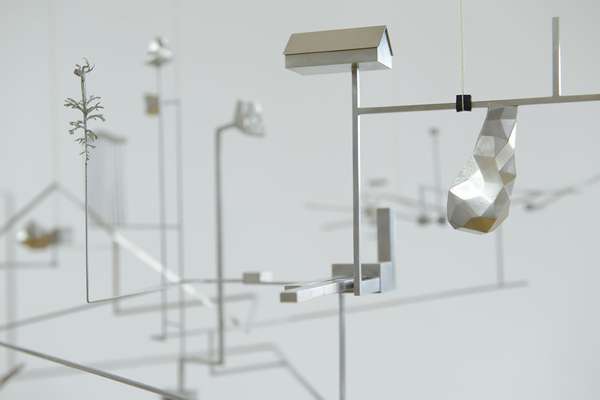
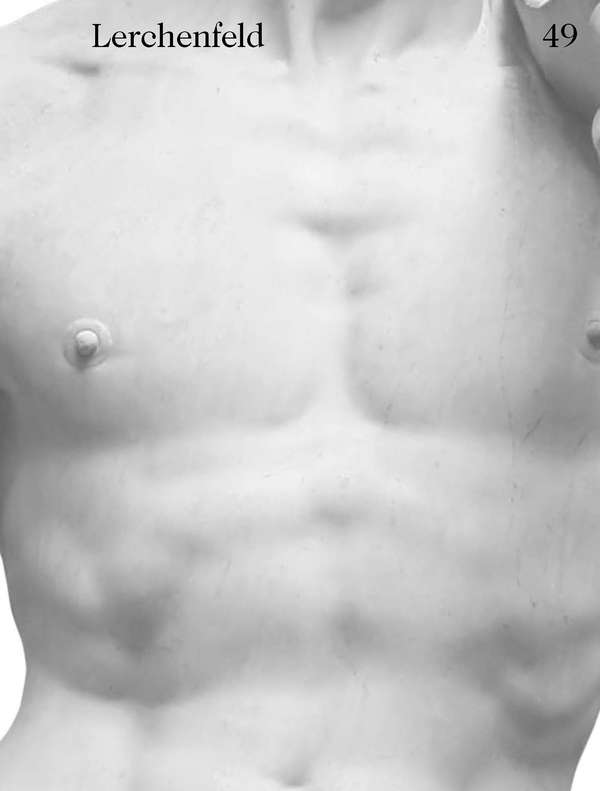
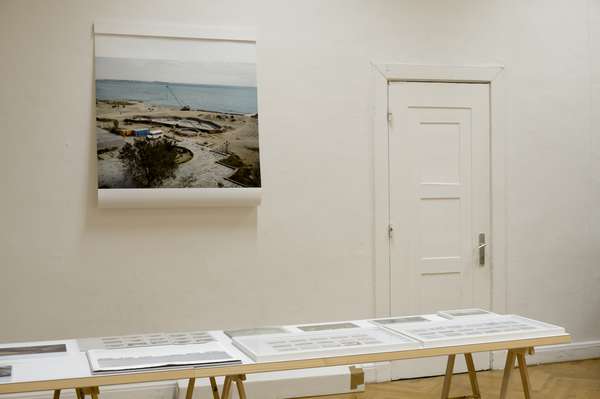
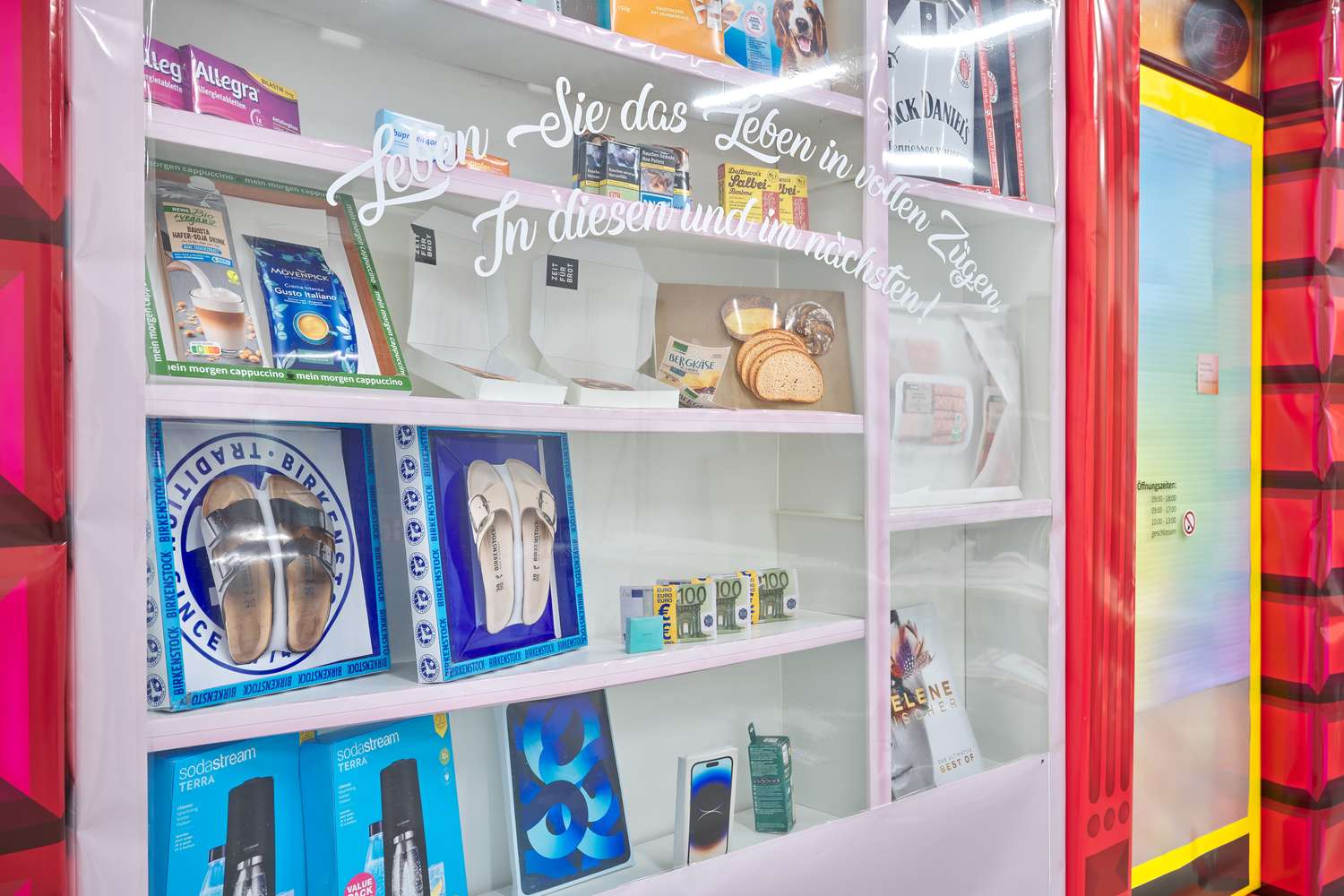
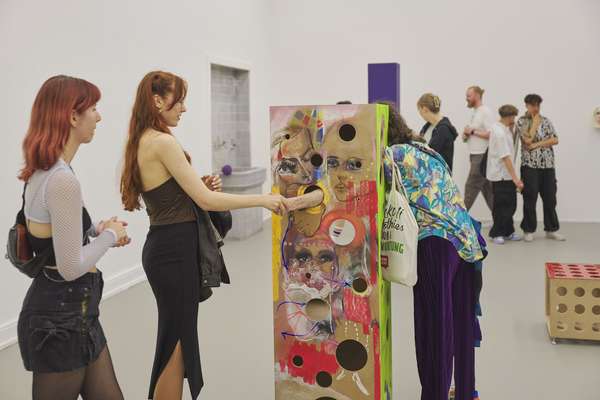
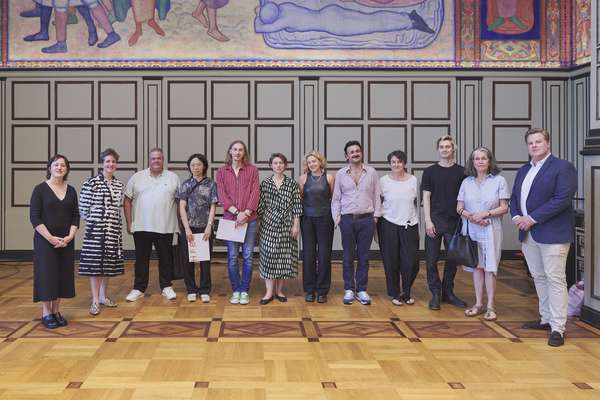


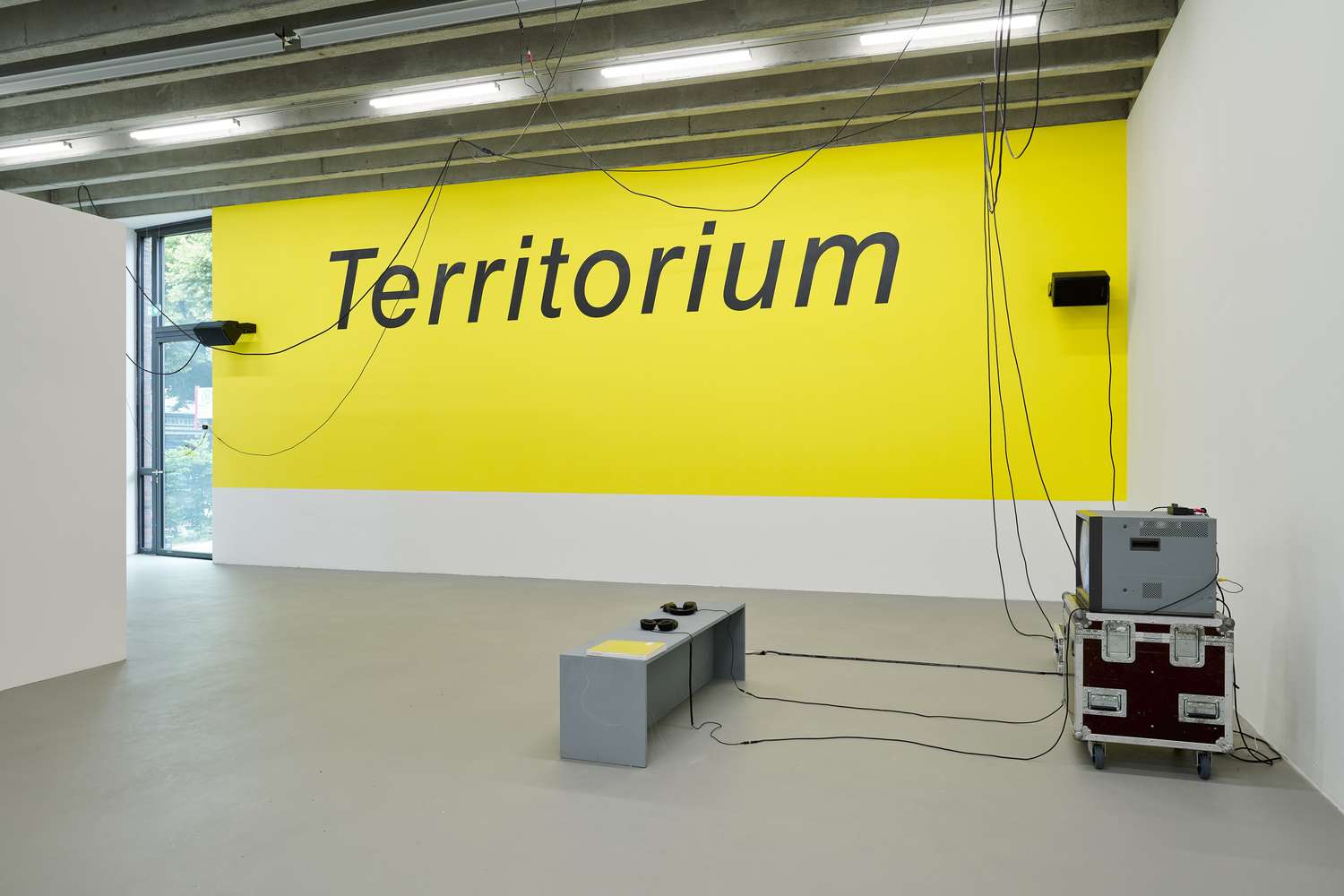

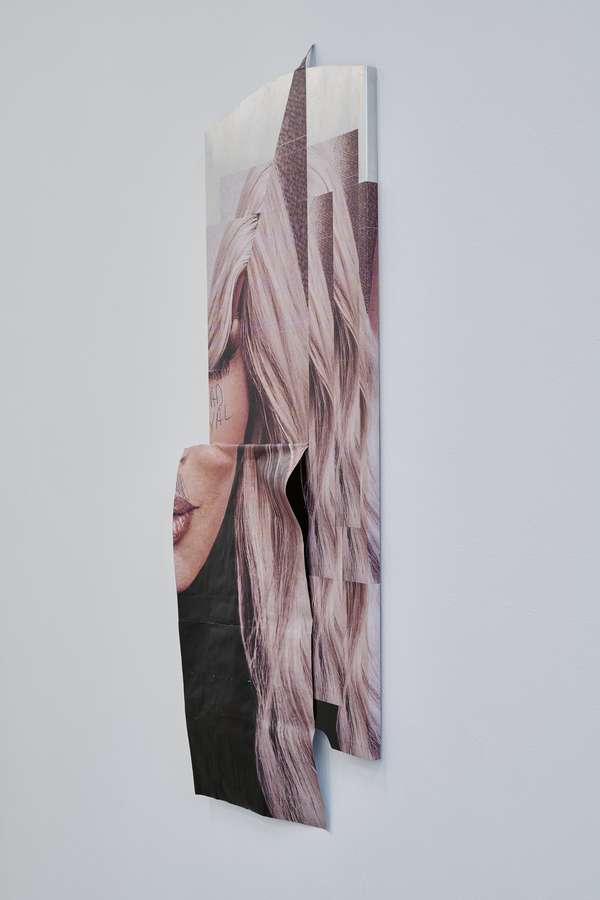



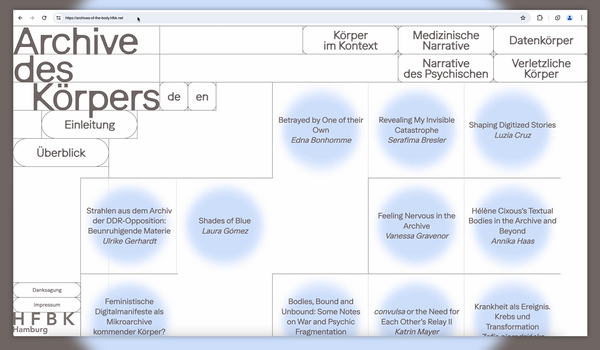






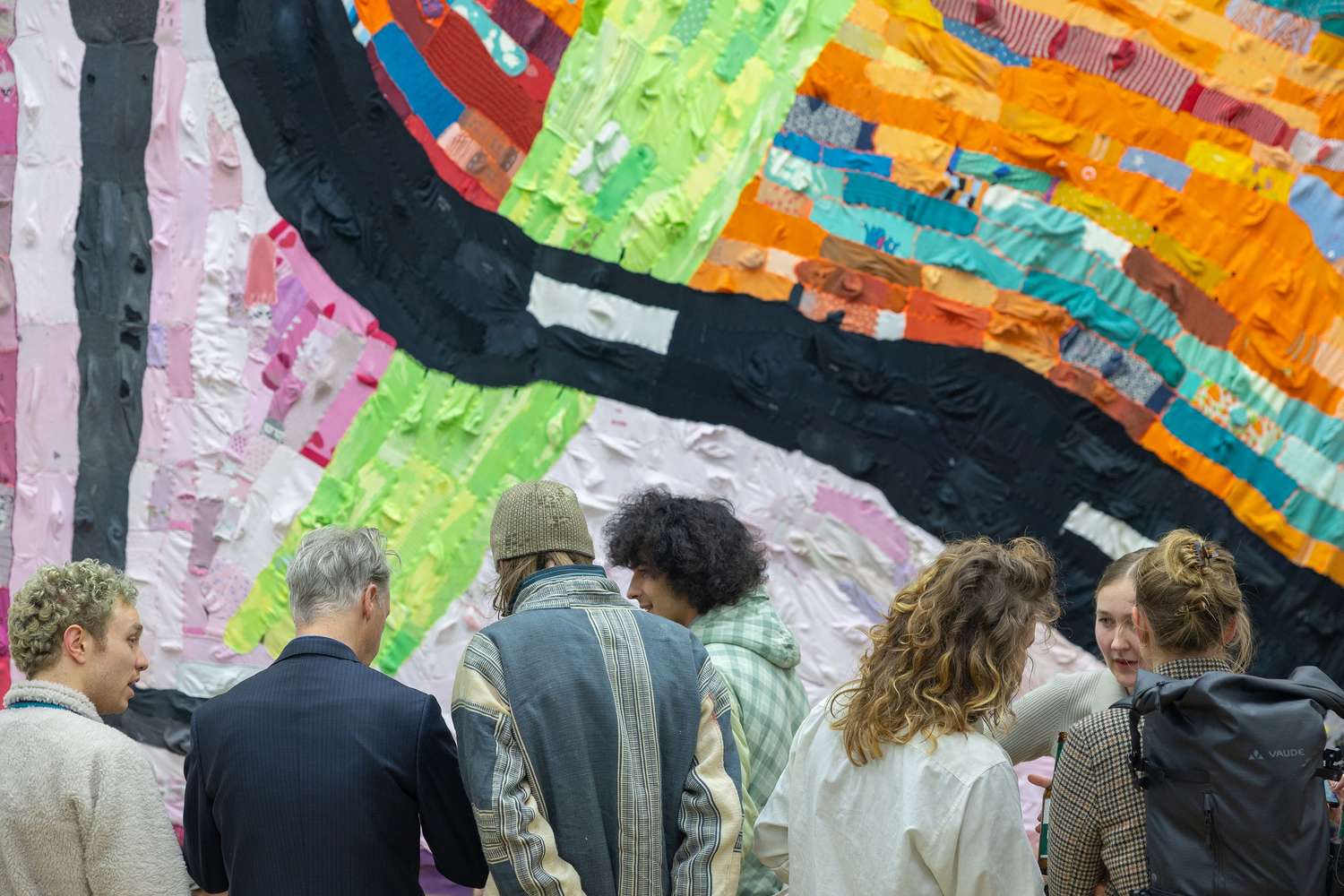








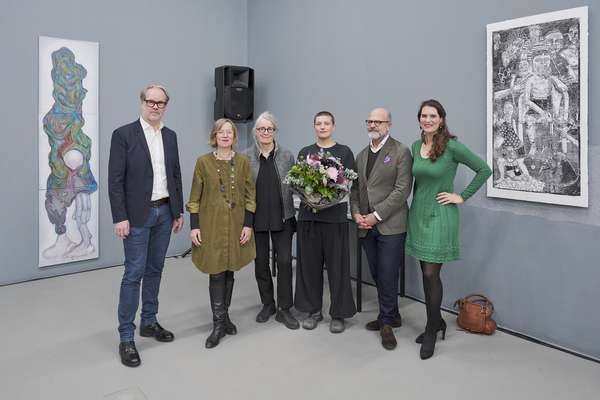


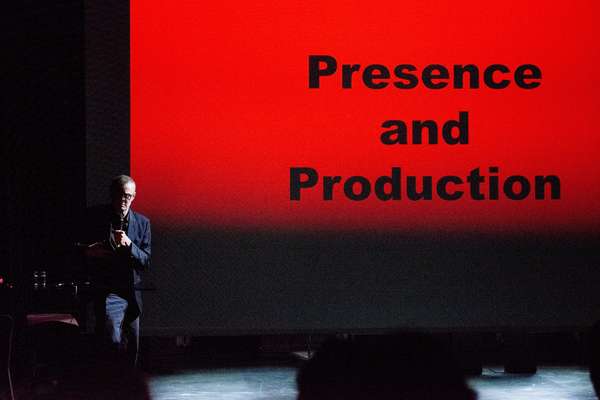



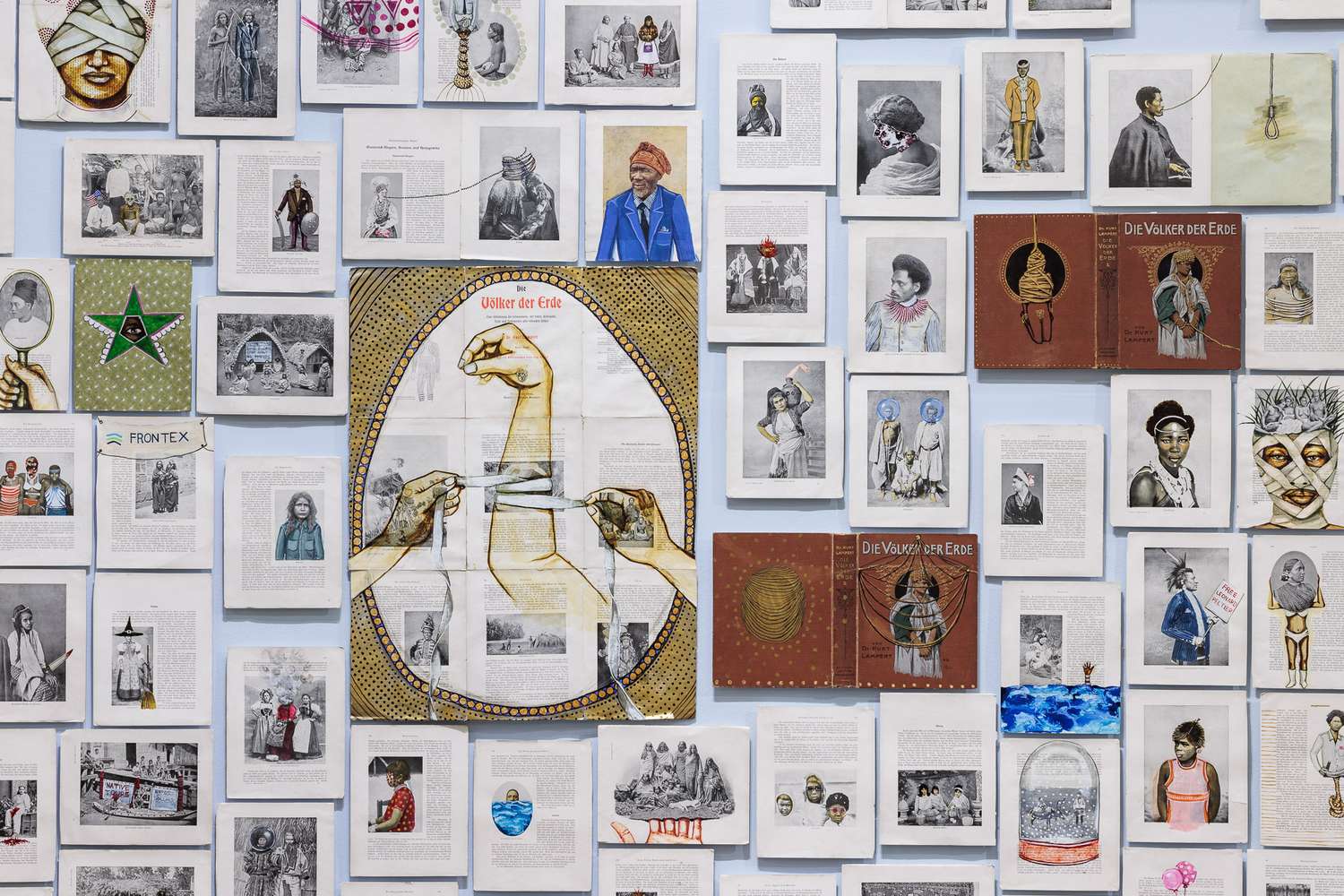









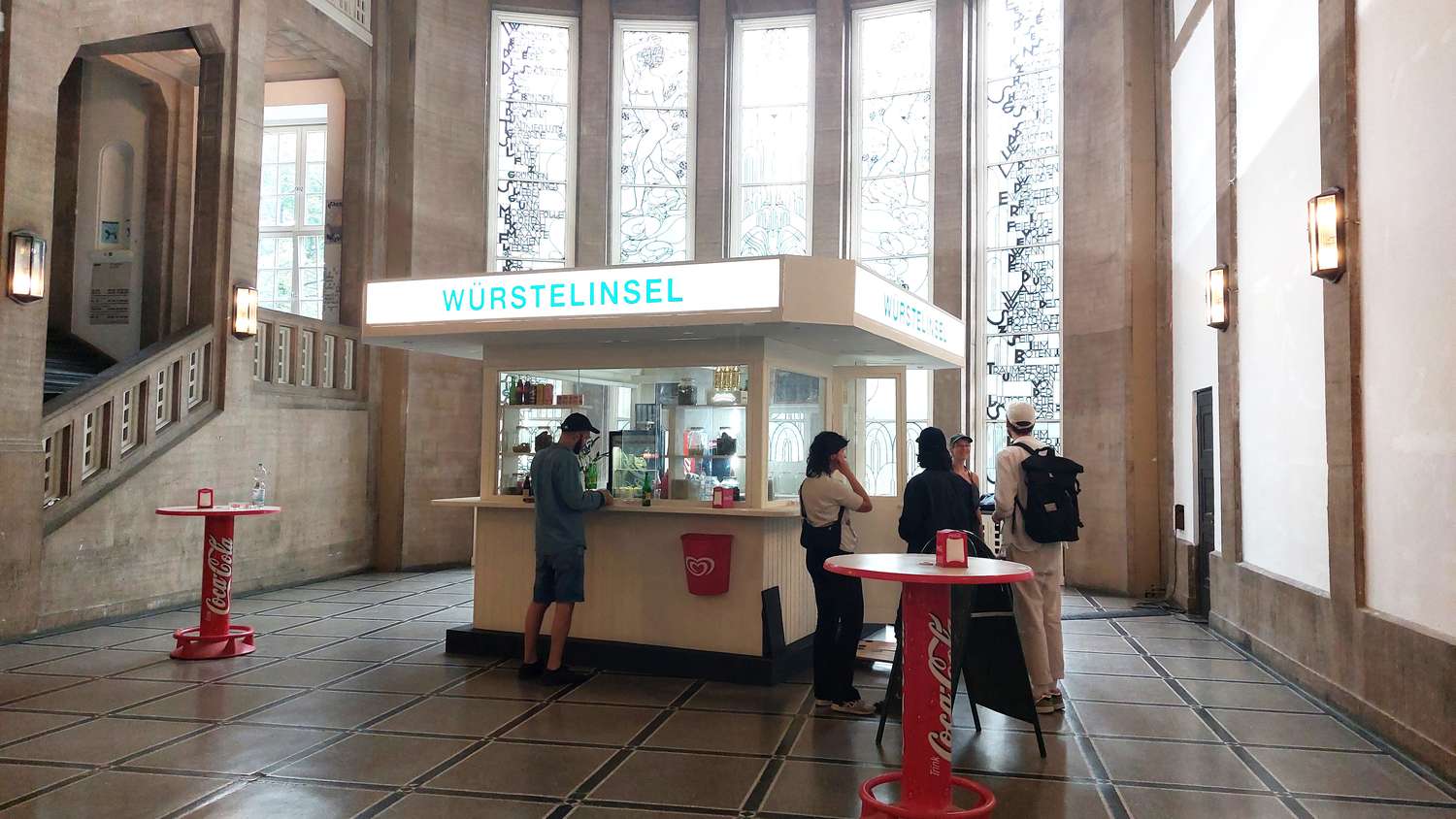








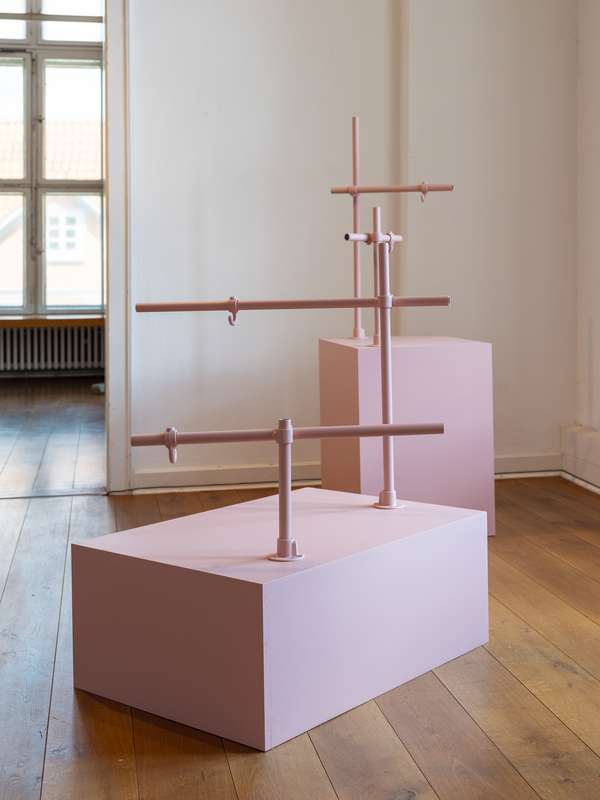

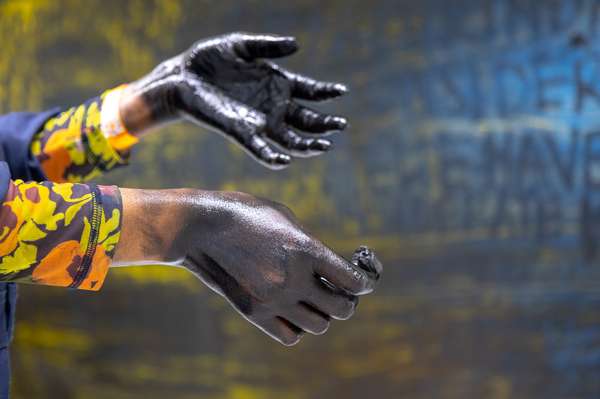




































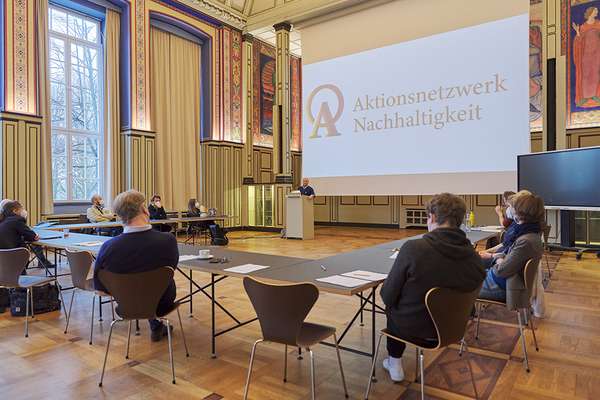






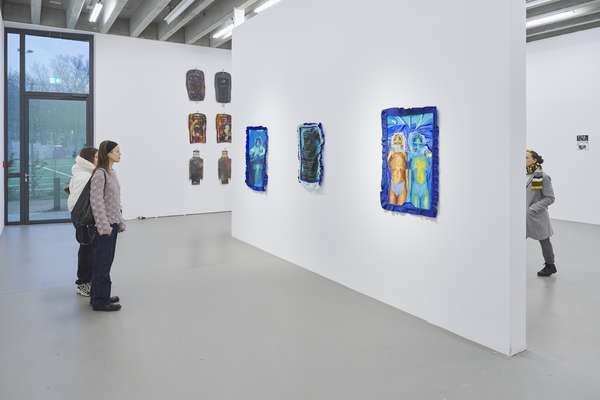








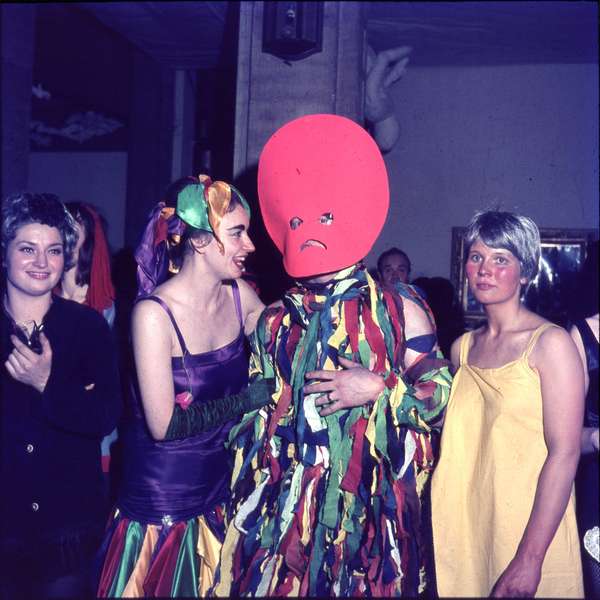

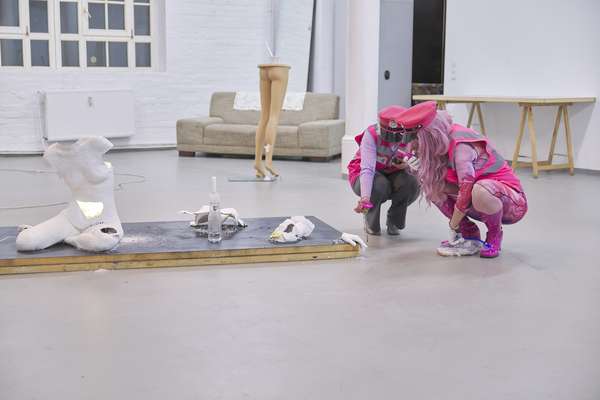







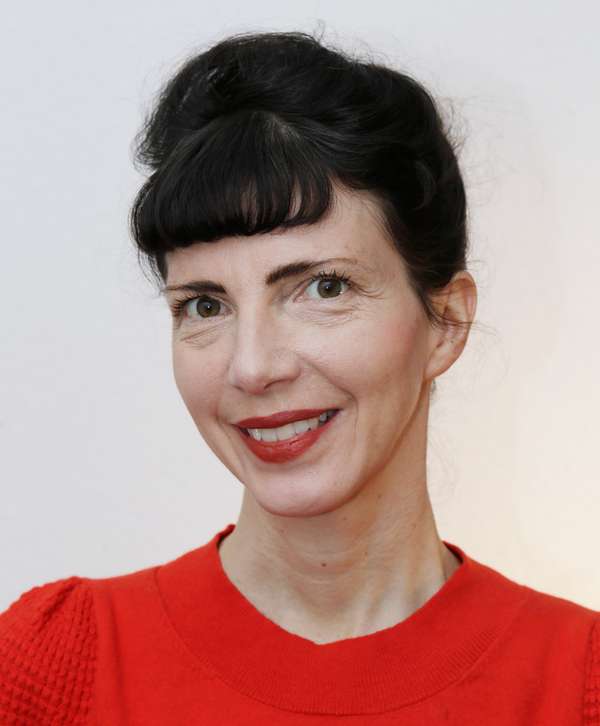
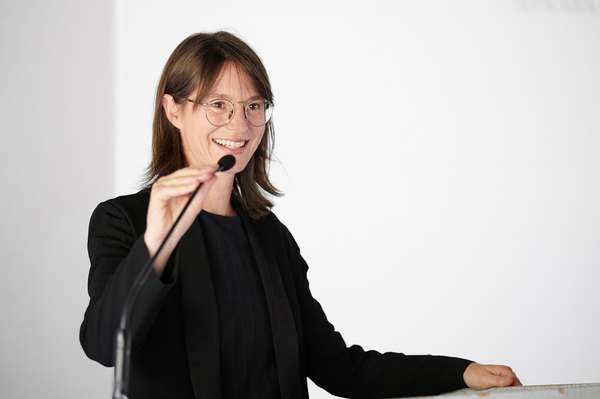




















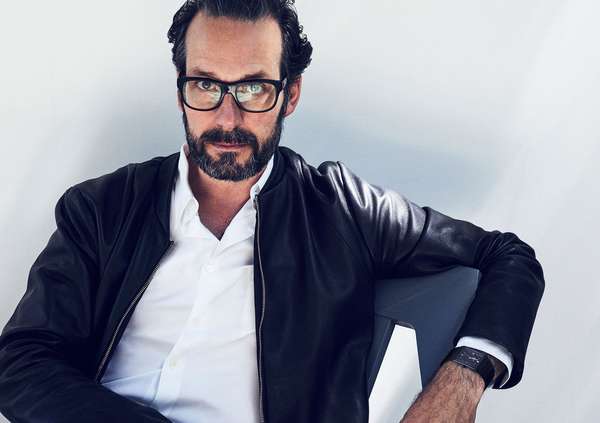







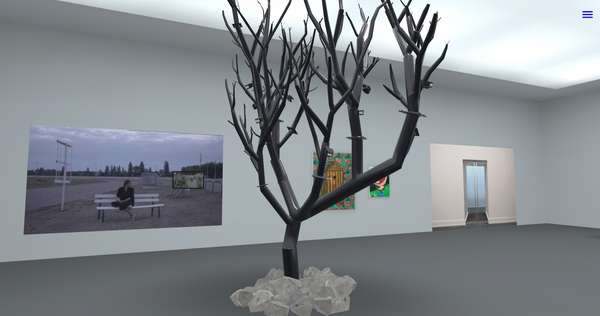
















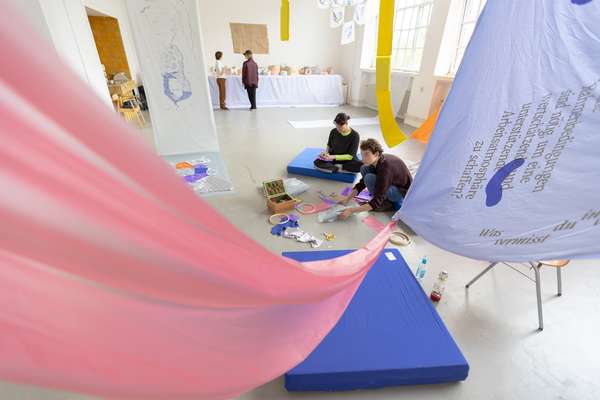

 Graduate Show 2025: Don't stop me now
Graduate Show 2025: Don't stop me now
 Long days, lots to do
Long days, lots to do
 Cine*Ami*es
Cine*Ami*es
 Redesign Democracy – competition for the ballot box of the democratic future
Redesign Democracy – competition for the ballot box of the democratic future
 Art in public space
Art in public space
 How to apply: study at HFBK Hamburg
How to apply: study at HFBK Hamburg
 Annual Exhibition 2025 at the HFBK Hamburg
Annual Exhibition 2025 at the HFBK Hamburg
 The Elephant in The Room – Sculpture today
The Elephant in The Room – Sculpture today
 Hiscox Art Prize 2024
Hiscox Art Prize 2024
 The New Woman
The New Woman
 Doing a PhD at the HFBK Hamburg
Doing a PhD at the HFBK Hamburg
 Graduate Show 2024 - Letting Go
Graduate Show 2024 - Letting Go
 Finkenwerder Art Prize 2024
Finkenwerder Art Prize 2024
 Archives of the Body - The Body in Archiving
Archives of the Body - The Body in Archiving
 New partnership with the School of Arts at the University of Haifa
New partnership with the School of Arts at the University of Haifa
 Annual Exhibition 2024 at the HFBK Hamburg
Annual Exhibition 2024 at the HFBK Hamburg
 (Ex)Changes of / in Art
(Ex)Changes of / in Art
 Extended Libraries
Extended Libraries
 And Still I Rise
And Still I Rise
 Let's talk about language
Let's talk about language
 Graduate Show 2023: Unfinished Business
Graduate Show 2023: Unfinished Business
 Let`s work together
Let`s work together
 Annual Exhibition 2023 at HFBK Hamburg
Annual Exhibition 2023 at HFBK Hamburg
 Symposium: Controversy over documenta fifteen
Symposium: Controversy over documenta fifteen
 Festival and Symposium: Non-Knowledge, Laughter and the Moving Image
Festival and Symposium: Non-Knowledge, Laughter and the Moving Image
 Solo exhibition by Konstantin Grcic
Solo exhibition by Konstantin Grcic
 Art and war
Art and war
 Graduate Show 2022: We’ve Only Just Begun
Graduate Show 2022: We’ve Only Just Begun
 June is full of art and theory
June is full of art and theory
 Finkenwerder Art Prize 2022
Finkenwerder Art Prize 2022
 Nachhaltigkeit im Kontext von Kunst und Kunsthochschule
Nachhaltigkeit im Kontext von Kunst und Kunsthochschule
 Raum für die Kunst
Raum für die Kunst
 Annual Exhibition 2022 at the HFBK
Annual Exhibition 2022 at the HFBK
 Conference: Counter-Monuments and Para-Monuments.
Conference: Counter-Monuments and Para-Monuments.
 Diversity
Diversity
 Live und in Farbe: die ASA Open Studios im Juni 2021
Live und in Farbe: die ASA Open Studios im Juni 2021
 Unlearning: Wartenau Assemblies
Unlearning: Wartenau Assemblies
 School of No Consequences
School of No Consequences
 Annual Exhibition 2021 at the HFBK
Annual Exhibition 2021 at the HFBK
 Semestereröffnung und Hiscox-Preisverleihung 2020
Semestereröffnung und Hiscox-Preisverleihung 2020
 Teaching Art Online at the HFBK
Teaching Art Online at the HFBK
 HFBK Graduate Survey
HFBK Graduate Survey
 How political is Social Design?
How political is Social Design?